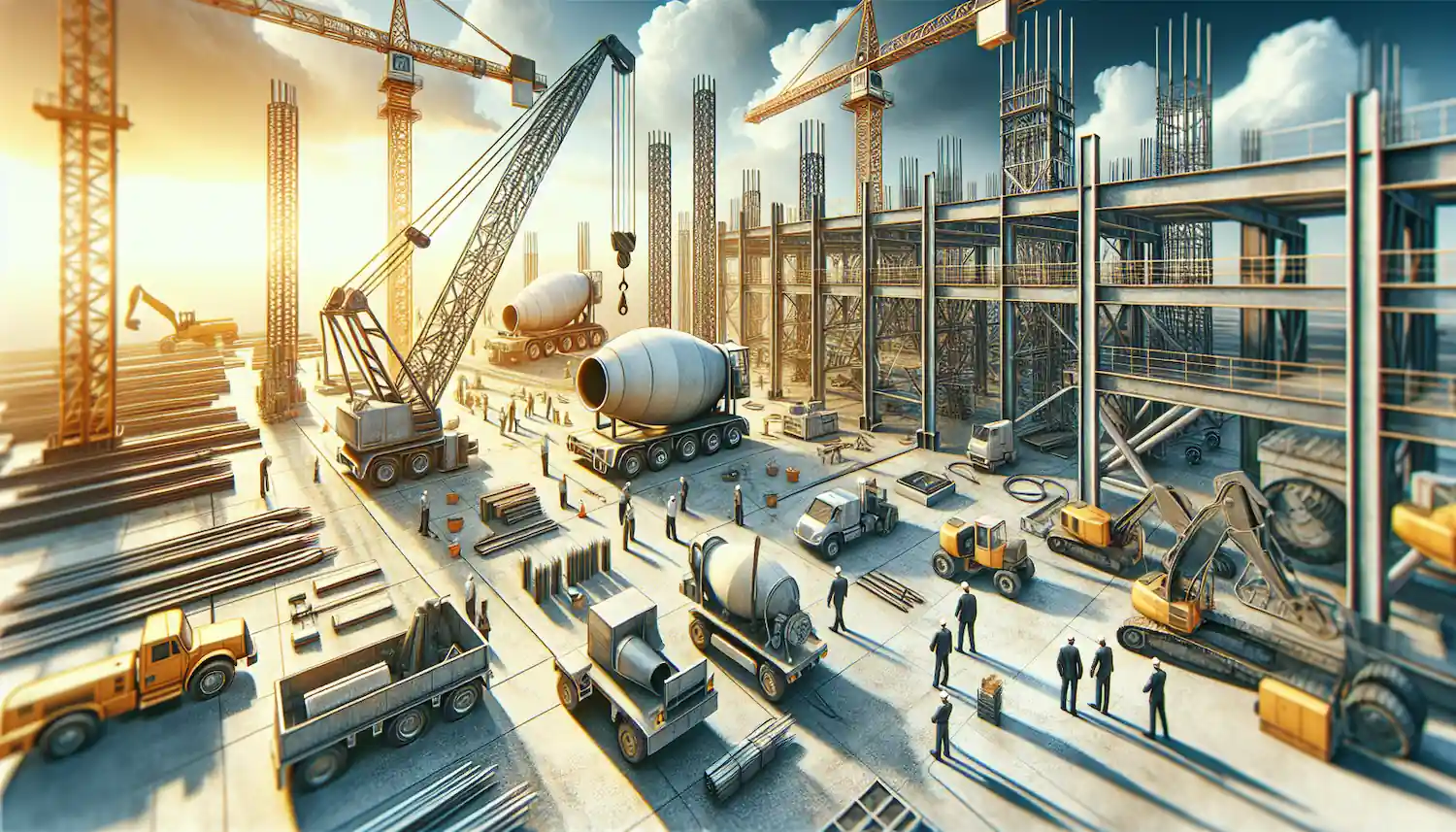Top 25 Tips for Selecting Bulldozers for Construction Sites
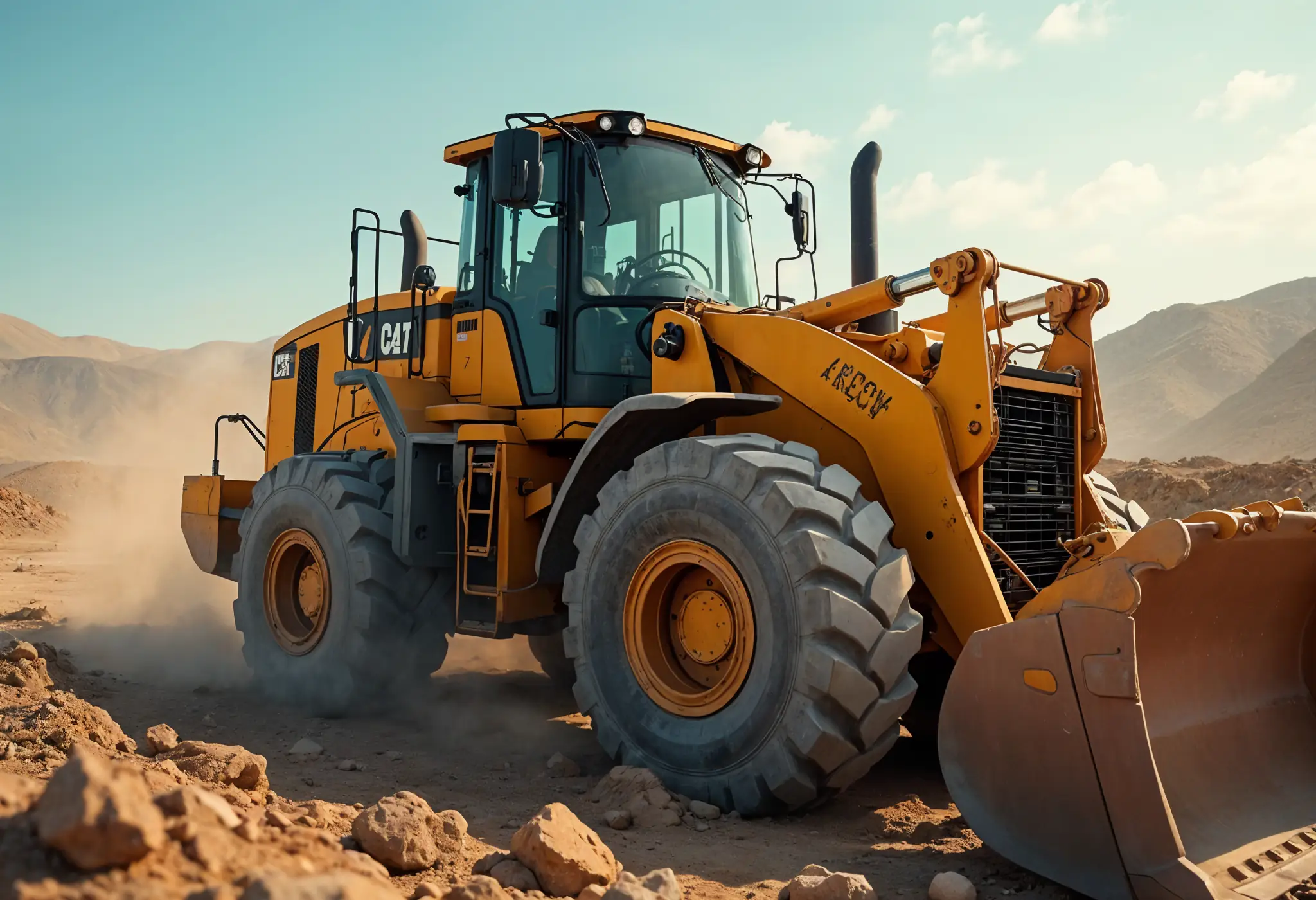
This guide will walk you through the top tips for selecting bulldozers that meet your specific needs. You'll learn about different dozer types, including tracked vehicle dozers, wheeled bulldozers, and small dozers, as well as key factors to consider when making your choice. We'll also cover important features and technology to look for, and help you decide between buying and renting.
By the end, you'll have the knowledge to pick the perfect dozer equipment for your construction project.
Understanding Different Types of Bulldozers
When selecting a bulldozer for your construction site, it's crucial to understand the different dozer types available. Each type has its own strengths and is suited for specific bulldozer uses and terrains. Let's explore the three main categories of bulldozers: crawler dozers, wheel dozers, and mini dozers.
Crawler Dozers

Crawler dozers, also known as tracked vehicle dozers, are the most common type of bulldozer. They operate on continuous tracks, similar to those found on tanks, which provide excellent traction and stability on rough and uneven terrains. This makes them ideal for projects that require working in challenging conditions, such as muddy or rocky surfaces.
The tracks of crawler dozers distribute the machine's weight evenly, allowing them to navigate through obstacles easily and minimize ground damage. Their powerful engines make them perfect for heavy-duty construction projects, including land clearing, grading, and pushing materials.
Crawler dozers excel in applications such as:
• Earthmoving in mining operations
• Clearing land for new construction
• Creating fire breaks to prevent wildfires
• Leveling roads in rough terrain
Wheel Dozers

Unlike their tracked counterparts, wheeled bulldozers operate on large, robust tires. This design offers several advantages, including increased speed and mobility on flat surfaces. Wheel dozers are particularly effective for projects that involve extensive earthmoving on hard, even ground, such as highways or agricultural land.
The key benefits of wheel dozers include:
• Higher travel speeds, allowing for quicker movement between job sites
• Better maneuverability in tight spaces due to articulated hydraulic steering
• Gentler impact on sensitive surfaces, making them suitable for work on turf or sand
• Lower initial cost compared to crawler dozers, making them more accessible for smaller operations
Wheel dozers are commonly used in:
• Highway construction projects
• Quarry operations
• Large-scale infrastructure development
• Maintenance of haul roads in mining sites
Mini Dozers

Mini dozers, also called small dozers, are smaller versions of their larger counterparts. These machines are designed for applications where space is limited or maneuverability is crucial. Their compact size allows them to navigate through narrow spaces and perform tasks with ease.
Key advantages of mini dozers include:
• Increased agility in tight spaces
• Easy transportation between job sites
• Versatility in various tasks
• Lower operating costs compared to larger dozers
Mini dozers are ideal for:
• Residential construction projects
• Urban development work
• Landscaping tasks
• Snow removal in confined areas
When selecting a bulldozer for your construction site, consider the specific requirements of your project, the terrain you'll be working on, and the level of maneuverability needed. By understanding the strengths of each type of dozer, you can make an informed decision that will enhance your project's efficiency and success.
For expert advice on selecting the right bulldozer for your project, consider contacting MCH Parts for a free sourcing machinery or parts consultation and a free quote.
Key Factors to Consider When Choosing a Bulldozer
When selecting a bulldozer for your construction site, several key factors come into play. Understanding these factors will help you choose the right machine for your specific needs, ensuring optimal performance and efficiency.
Project Requirements
The first step in selecting a bulldozer is to identify its purpose. Are you leveling the ground, pushing materials, or performing land clearing tasks? Each job requires different capabilities, so it's crucial to match the bulldozer to your project's specific needs. For instance, if you're working on residential or light commercial construction, a small bulldozer name might be sufficient. However, for large infrastructure projects or highway construction, you'll need a more powerful machine.
Site Conditions
Analyzing your work site is essential when choosing a bulldozer. Consider the terrain you'll be working on and any space constraints. For example, if you need to maneuver in tight spaces, a compact bulldozer might be the best choice. The type of soil or material you'll be moving also plays a role. Sandy or rocky terrain may require a different type of bulldozer compared to soft, muddy ground with low soil density.
Machine Size and Power
The size and power of the bulldozer are crucial factors to consider. Bulldozers are typically categorized as small (under 30,000 pounds), medium (30,000 to 100,000 pounds), or large (over 100,000 pounds). The size you choose affects not only the machine's capabilities but also transportation logistics and site suitability.
When determining the power grade, consider the size of your project and the soil quality. For instance, if you're working with sand and rock, you might need a bulldozer with at least 162kW (220 horsepower). Keep in mind that higher horsepower means more pushing power and faster task completion, which can significantly impact project timelines and productivity.
Blade Types

The blade is the primary attachment on a dozer, and different types serve different purposes. Here are some common blade types to consider:
- Straight Blade (S-Blade): Best for fine grading and working with medium to hard-density materials.
- Universal Blade (U-Blade): Ideal for pushing materials across long distances, especially in soft to medium density soils.
- Semi-Universal Blade (SU-Blade): Combines features of S and U blades, offering greater versatility.
- Angle dozer Blade: Useful for moving debris to the side, as it can be angled up to 30 degrees left or right.
- Power Angle Tilt (PAT blade): Highly versatile, allowing for tilting, angling, and lifting in various directions.
Choose a blade type that aligns with your project's specific requirements and the materials you'll be working with.
By carefully considering these factors - project requirements, site conditions, machine size and power, and blade types - you'll be better equipped to select the right bulldozer for your construction project. Remember, the goal is to find a balance between power, efficiency, and suitability for your specific job site.
For expert advice on selecting the right bulldozer for your project, consider contacting MCH Parts for a free sourcing machinery or parts consultation and a free quote.
Evaluating Bulldozer Features and Technology
When selecting bulldozers for your construction site, it's crucial to consider the latest features and technology that can enhance productivity, efficiency, and safety. Modern bulldozers come equipped with advanced systems that can significantly improve your operations.
GPS and Machine Control Systems
One of the most significant advancements in bulldozer technology is the integration of GPS and machine control systems. These cutting-edge technologies have revolutionized the way earthmoving tasks are performed, offering unprecedented precision and efficiency.
GPS systems on bulldozers provide real-time positioning data, allowing operators to see their exact location on a digital terrain model as they work. This technology enables operators to achieve precise cut and fill levels, reducing material wastage and ensuring project specifications are met with higher adherence.
Machine control systems take this a step further by automating blade movements based on GPS coordinates. This automation ensures consistent grading results throughout the project, with some systems capable of adjusting the blade height automatically based on pre-defined design elevations. The result is increased efficiency, with operators able to complete grading tasks more quickly and accurately.
Fuel Efficiency
Fuel efficiency is a critical factor to consider when selecting bulldozers, as it directly impacts operating costs and environmental impact. Modern bulldozers are designed with fuel-saving features that can significantly reduce consumption without compromising performance.
Some bulldozers come equipped with auto-idle features, which automatically lower the engine's RPM when the machine remains stationary for a certain period, reducing fuel burn. Additionally, advanced engine technologies and hydrostatic transmissions contribute to improved fuel efficiency.
When evaluating bulldozers, look for models with multiple operating modes, such as economy and power modes. These allow operators to adjust the machine's performance based on the task at hand, optimizing fuel consumption. Some bulldozers have shown impressive fuel efficiency, with average hourly fuel burn rates as low as 40 liters per hour in the 70-metric ton class.
Operator Comfort and Safety Features
The comfort and safety of operators are paramount in ensuring productivity and reducing fatigue. Modern bulldozers are designed with ergonomic cabs that provide a comfortable working environment for long hours of operation.
Look for features such as adjustable heated seats, adjustable lumbar support, and easier-to-use control systems. These enhancements can significantly reduce operator fatigue and increase productivity. Some bulldozers also offer advanced suspension systems that reduce acceleration jolts and vibration, further improving operator comfort.
Safety features are equally important. Many bulldozers now come with enhanced visibility features, including large, single-pane windows, tapered hoods, and rear-view cameras. ROPS/FOPS (Rollover Protective Structure/Falling Object Protective Structure) cabs are standard on most modern bulldozers, providing crucial protection for operators.
By carefully evaluating these features and technologies, you can select a bulldozer that not only meets your project requirements but also enhances overall efficiency and safety on your construction site.
For expert advice on selecting the right bulldozer for your project, consider contacting MCH Parts for a free sourcing machinery or parts consultation and a free quote.
Renting vs. Buying: Making the Right Decision
When selecting bulldozers for your construction site, one of the most crucial decisions you'll face is whether to rent or buy. Both options have their advantages and drawbacks, and the right choice depends on various factors specific to your project and business needs.

Cost Considerations
The financial implications of renting versus buying are significant. Renting typically requires a lower initial investment, which can be beneficial if you have limited capital or need to manage your cash flow carefully. On the other hand, purchasing a bulldozer involves a substantial upfront cost but can be a good long-term investment if you plan to use the equipment frequently.
When evaluating costs, it's essential to look beyond the initial price tag. Consider factors such as fuel consumption, maintenance expenses, and potential resale value. Rental companies often cover maintenance and repair costs, which can save you both time and money. However, if you own the equipment, you're responsible for all maintenance and repair expenses, which can add up over time.
Project Duration
The length of your project plays a crucial role in deciding whether to rent or buy a bulldozer. For short-term projects, renting is often the most cost-effective choice. It allows you to access the machinery you need without committing to a long-term investment.
On the other hand, if your project is long-term or you anticipate frequent use of the bulldozer, buying might be more economical. As a general rule of thumb, if you expect to use the equipment for more than 60-70% of the project duration, purchasing could be the better option.
Maintenance Requirements
Maintenance is a critical factor to consider when deciding between renting and buying a bulldozer. When you rent, the responsibility for upkeep typically falls on the rental company. This can be a significant advantage as it ensures that the equipment is always in peak condition.
Owning a bulldozer means you're responsible for all maintenance and repairs. This requires not only financial investment but also time and expertise. Regular inspections, lubrication of grease points, and proper care of the undercarriage are essential to keep your bulldozer in top shape.
However, owning your equipment allows you to implement condition-based maintenance strategies. By using telematics monitoring systems, you can diagnose and address potential issues before they lead to costly breakdowns or reduced performance.
Ultimately, the decision to rent or buy a bulldozer depends on your specific circumstances. Consider your project requirements, financial situation, and long-term equipment needs. By carefully evaluating these factors, you can make an informed decision that optimizes your productivity and cost-effectiveness.
For expert advice on selecting the right bulldozer for your project, consider contacting MCH Parts for a free sourcing machinery or parts consultation and a free quote.
Conclusion
Selecting the right bulldozer for your construction site has a significant impact on project success and efficiency. By considering factors such as dozer types, size, terrain suitability, and advanced features, you can make an informed decision that aligns with your specific needs. Whether you opt for a what is a crawler dozer, wheeled bulldozer, or small bulldozer name, each type offers unique advantages to suit different project requirements and site conditions.
The choice between renting and buying a bulldozer depends on your project duration, budget, and long-term equipment needs. Whichever option you choose, prioritizing operator comfort, safety features, and fuel efficiency will contribute to increased productivity and cost-effectiveness on your job site. Consider reaching out to MCH Parts for a free sourcing machinery or parts consultation and a free quote. By carefully evaluating all these aspects, you'll be well-equipped to select a bulldozer that enhances your construction project's overall performance and success.
FAQs
1. What are bulldozers used for?
Bulldozers are versatile heavy machinery primarily used for earthmoving and construction tasks. Their common applications include land clearing, grading, leveling, backfilling, and pushing materials. Bulldozers play an essential role in preparing construction sites, mining operations, and large-scale infrastructure projects.
2. What is a small bulldozer called?
A small bulldozer is often referred to as a mini dozer or compact dozer. These smaller machines are designed for jobs requiring precise maneuvering in tight spaces, such as residential construction, urban development, landscaping, and snow removal.
3. What are the main types of bulldozers?
The three primary bulldozer types are:
- Crawler Dozers (Tracked Bulldozers): Designed for tough terrains like mud or rocky surfaces. These are ideal for heavy-duty tasks such as land clearing or mining.
- Wheel Dozers (Wheeled Bulldozers): Suitable for flat surfaces and faster movement between job sites, often used in highway construction and agriculture.
- Mini Dozers: Compact and agile, perfect for small-scale tasks in urban or residential projects.
4. What does a bulldozer look like?
A bulldozer is a powerful, tractor-like machine with a large metal blade at the front, used to push, grade, or move materials. Depending on the model, bulldozers can be equipped with tracks (like crawler dozers) or wheels (like wheel dozers). They may also feature additional attachments such as rippers for breaking up hard ground.
5. What is the difference between a bulldozer and an excavator?
While both are heavy machinery, bulldozers are used for pushing, grading, and leveling surfaces, whereas excavators specialize in digging, trenching, and lifting materials. Some excavators can be fitted with attachments for tasks typically handled by bulldozers, but their core functions differ.
6. What factors should I consider when choosing a bulldozer?
Key factors to evaluate include:
- Project type and requirements: Heavy-duty projects may need powerful dozers, while compact dozers work best for residential jobs.
- Terrain: Crawler dozers are better for uneven surfaces, while wheel dozers excel on flat ground.
- Blade type: Choose a blade based on the materials and tasks (e.g., straight blades for fine grading or universal blades for moving soft materials).
- Fuel efficiency and technology: Look for models with features like GPS guidance systems and fuel-saving modes to increase productivity.
7. Should I rent or buy a bulldozer?
- Renting: Ideal for short-term projects with lower initial costs and no maintenance responsibility.
Buying: Better for long-term use and frequent projects, offering full control over the equipment. Owning the equipment also provides the flexibility to implement custom maintenance schedules.
Read More
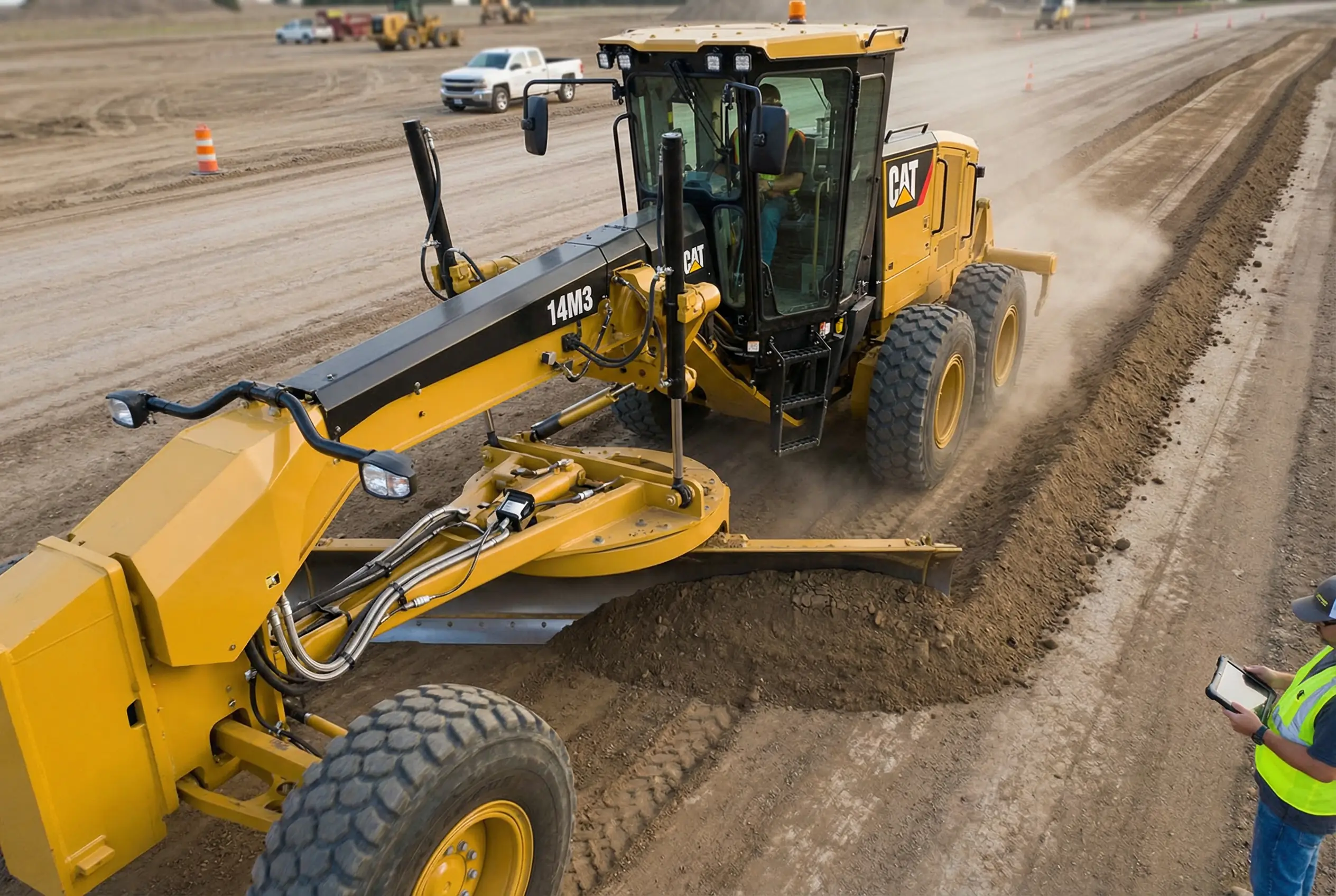
Motor Grader Predictive Diagnostics: Prevent Hydraulic Failures & Reduce Downtime
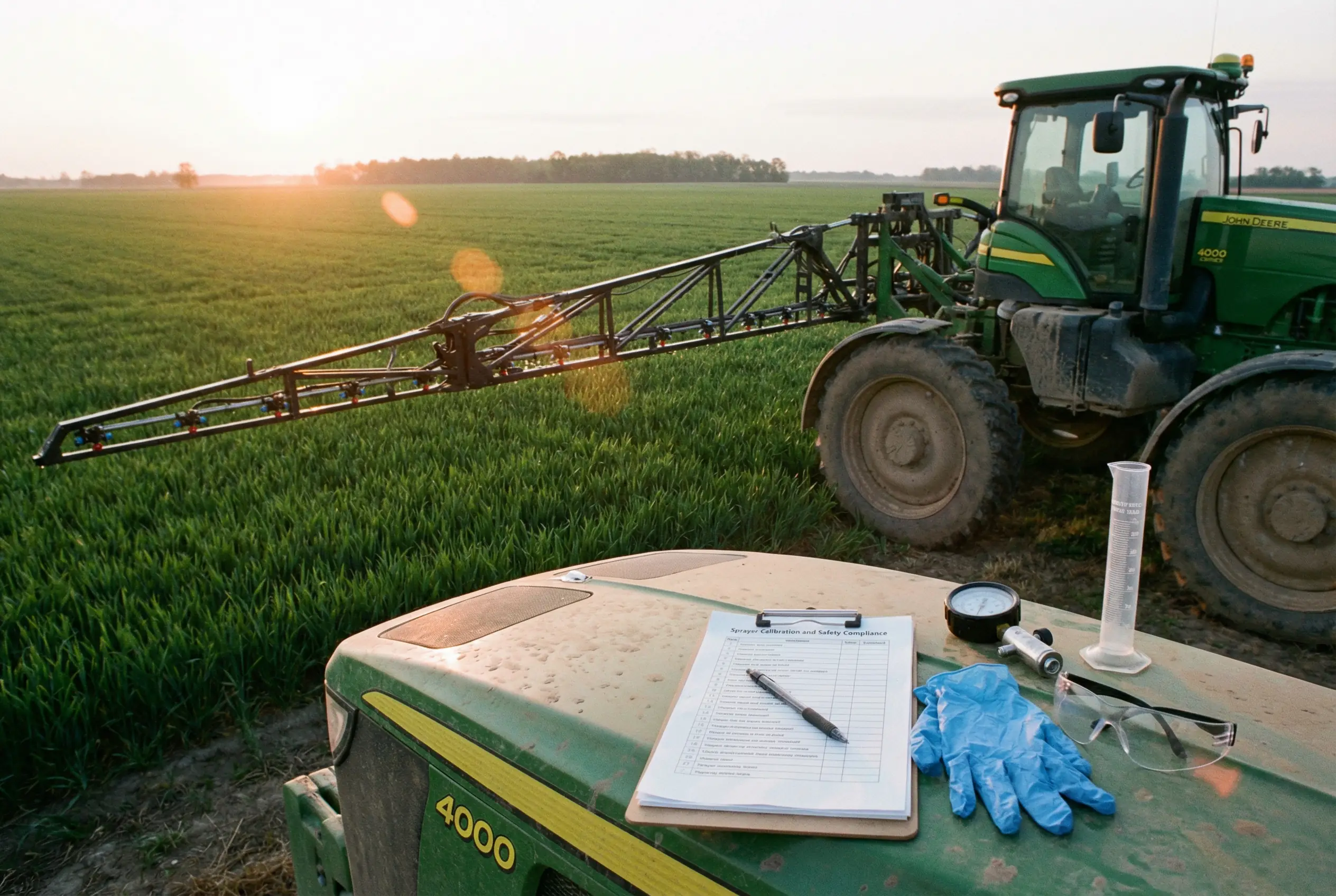
Pesticide Sprayer Calibration: Essential Safety Compliance Guide & Protection

Seeder Bearing Parts Sourcing Guide: Critical Components & Strategy
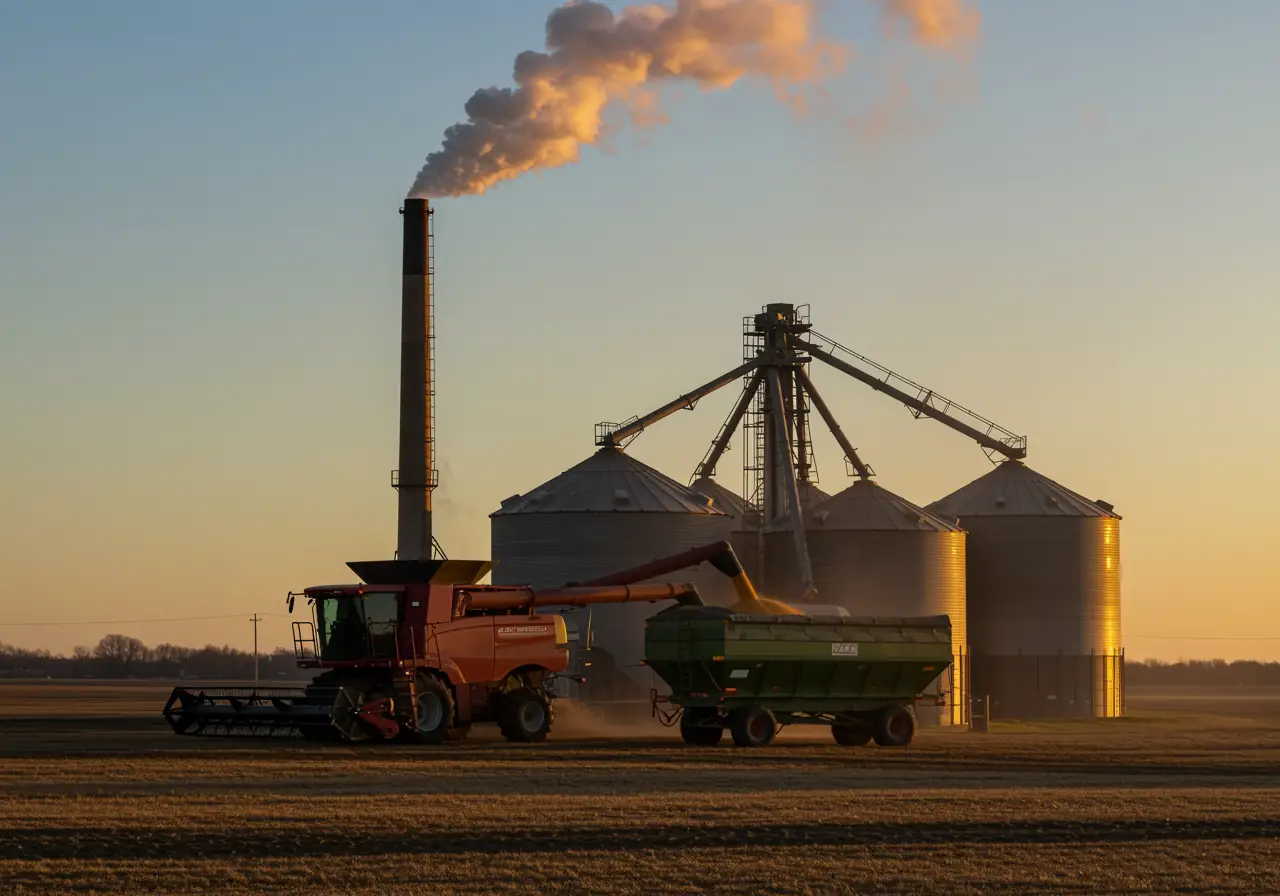
Downtime Prevention Through Smart Inventory for Grain Dryers
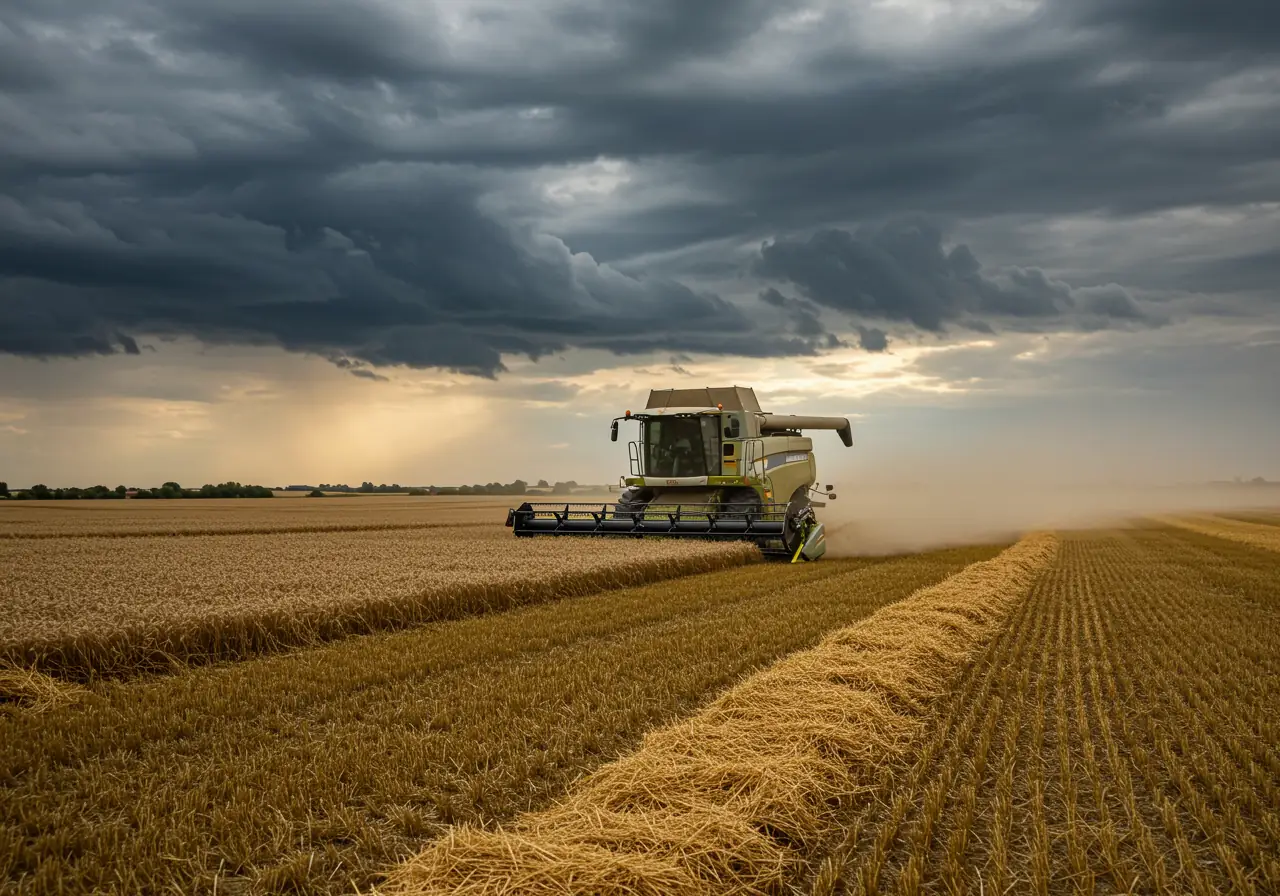
Combine Harvester Breakdown Prevention Guide: Predictive Analytics for Zero Downtime

Master Global Agricultural Parts Delivery | Mid-Season MRO Guide

Fixing Haul Truck Downtime Issues: Remote Parts Strategy Guide 2025
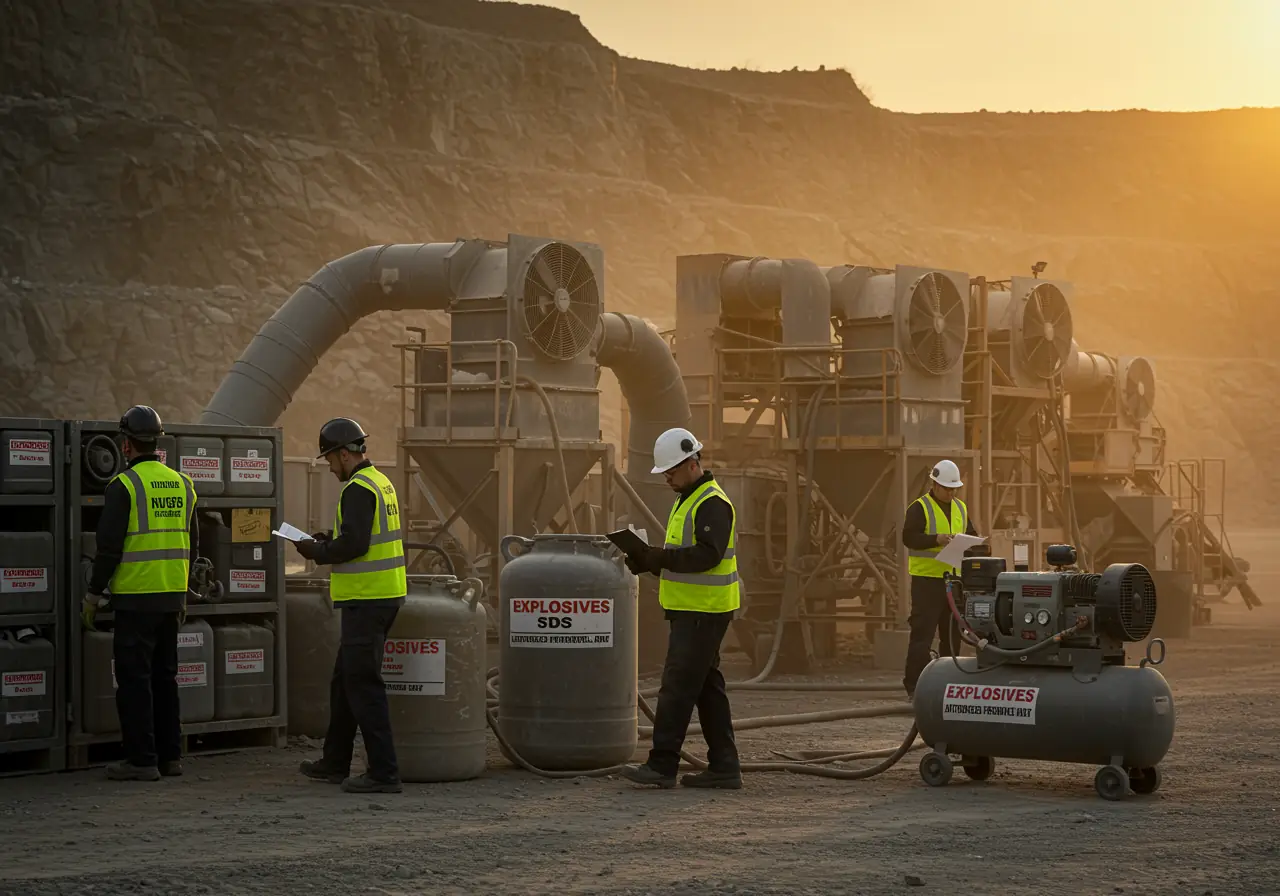
Blasting Equipment Safety Compliance: Must-Know Audit Requirements for 2025

The Step-by-Step Guide to Global Drill Rig Consumables Sourcing
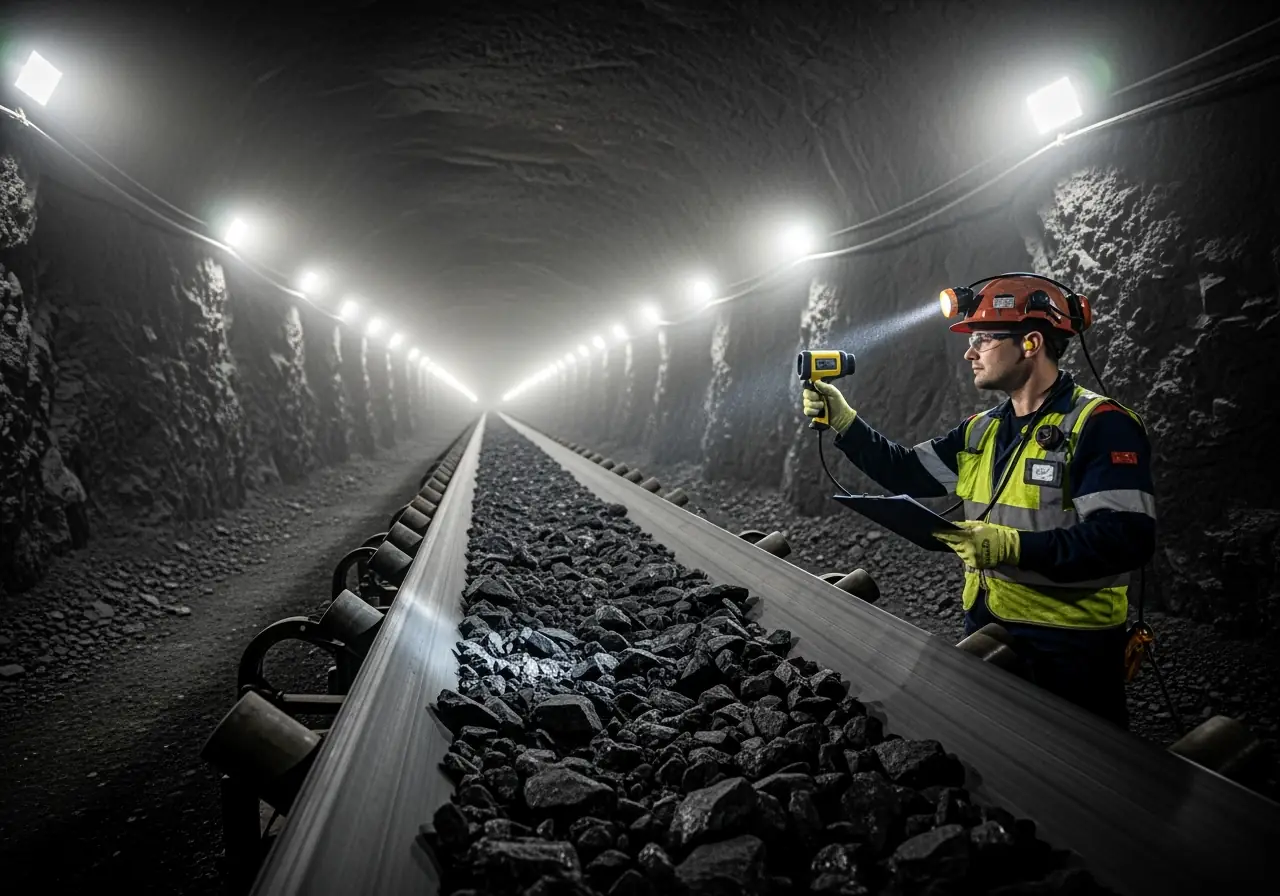
Mining Conveyor Maintenance Guide: Detecting Hidden Risks in Underground Systems
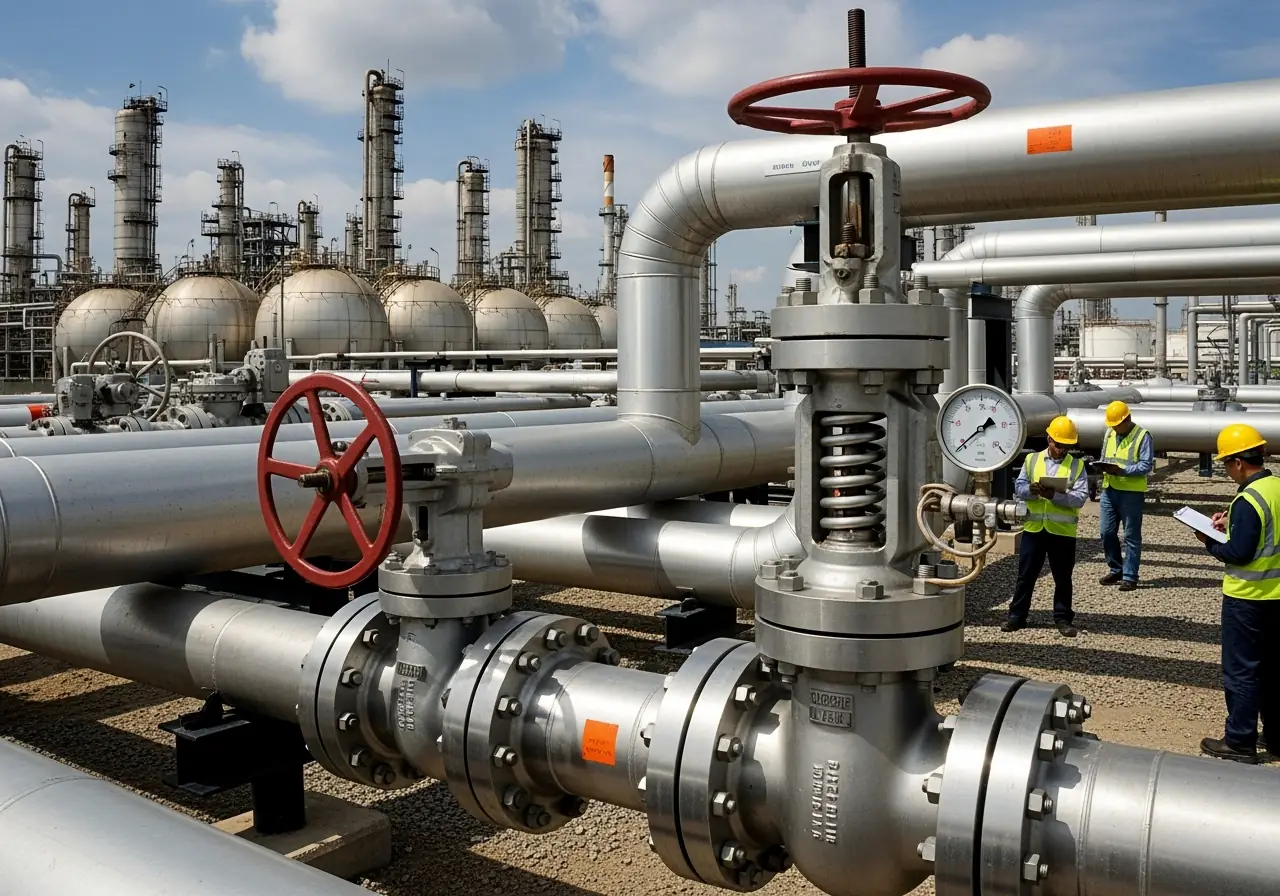
Best Practices for Certified Pipeline Valve Selection: From Specs to Installation
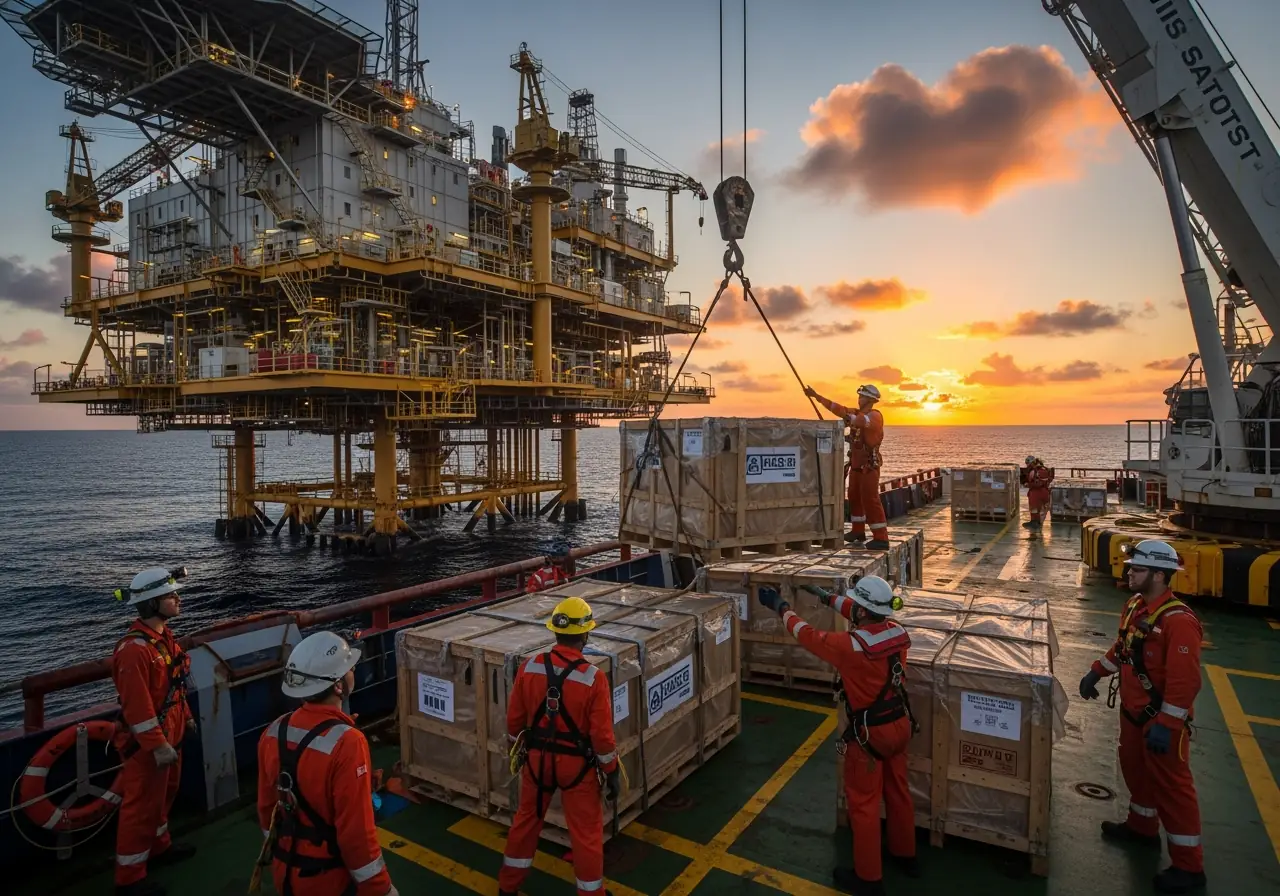
Optimizing Oil Rig PPE Delivery: Proven Strategies That Saved $2M Annually
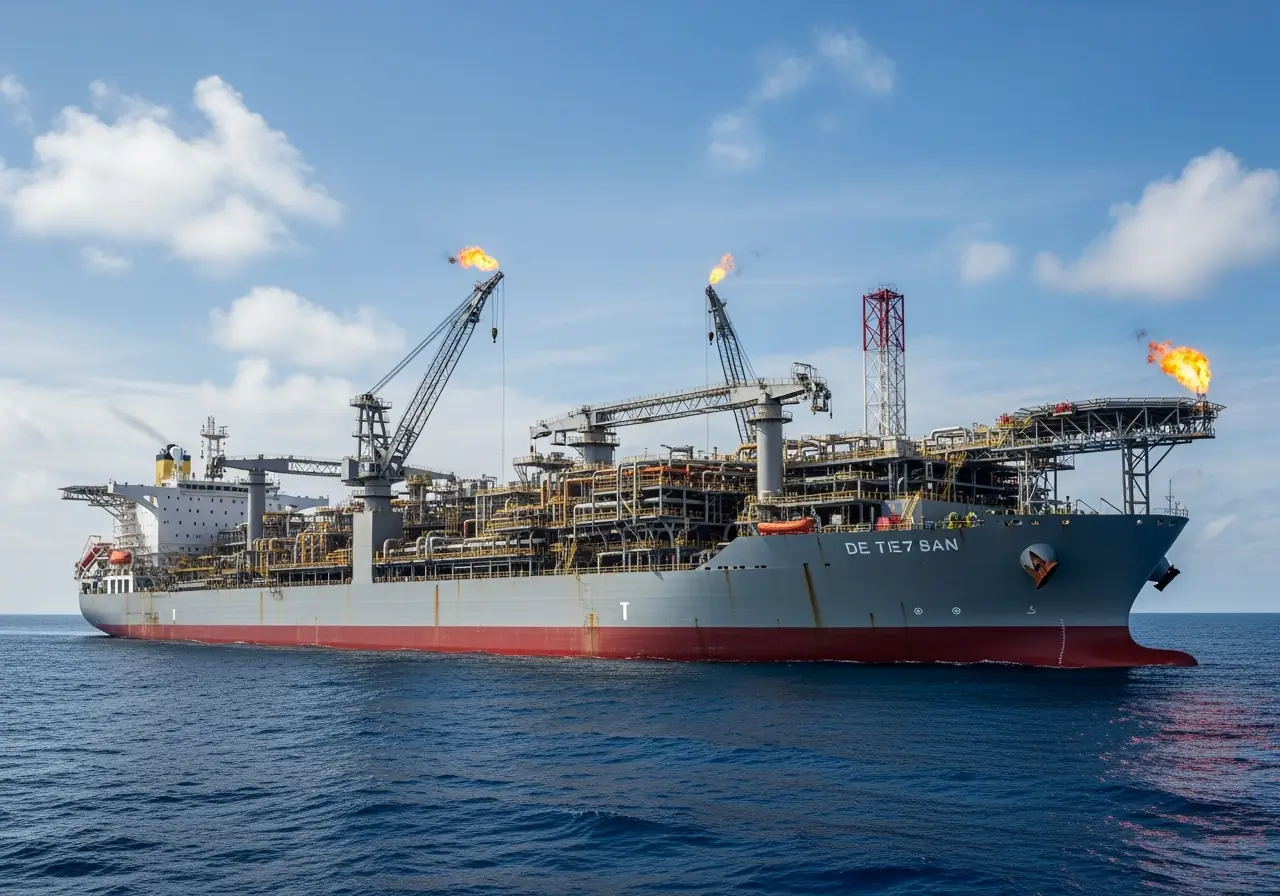
FPSO Smart Parts Planning: Proven Methods to Cut Downtime
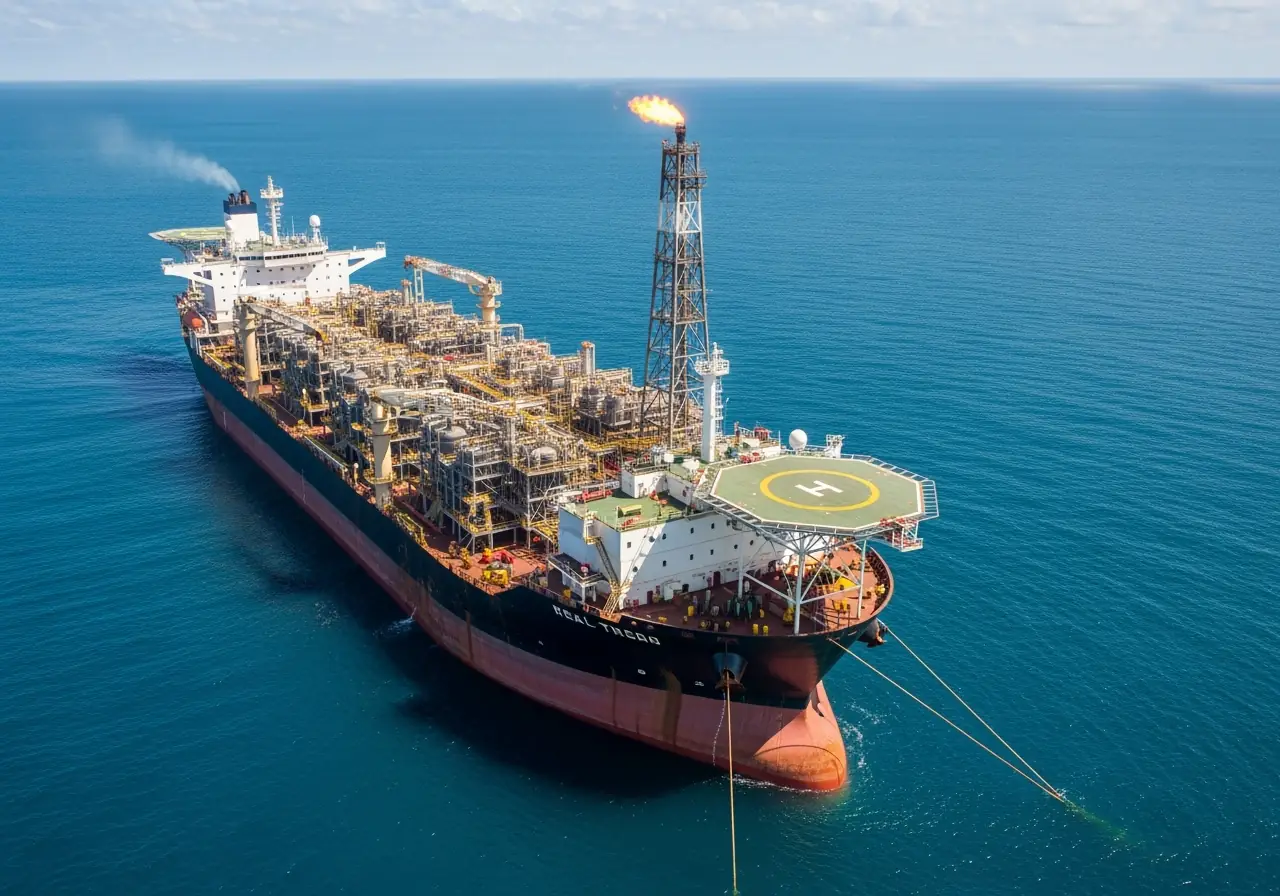
How FPSO Inspection Prevents Million-Dollar Shutdown Losses
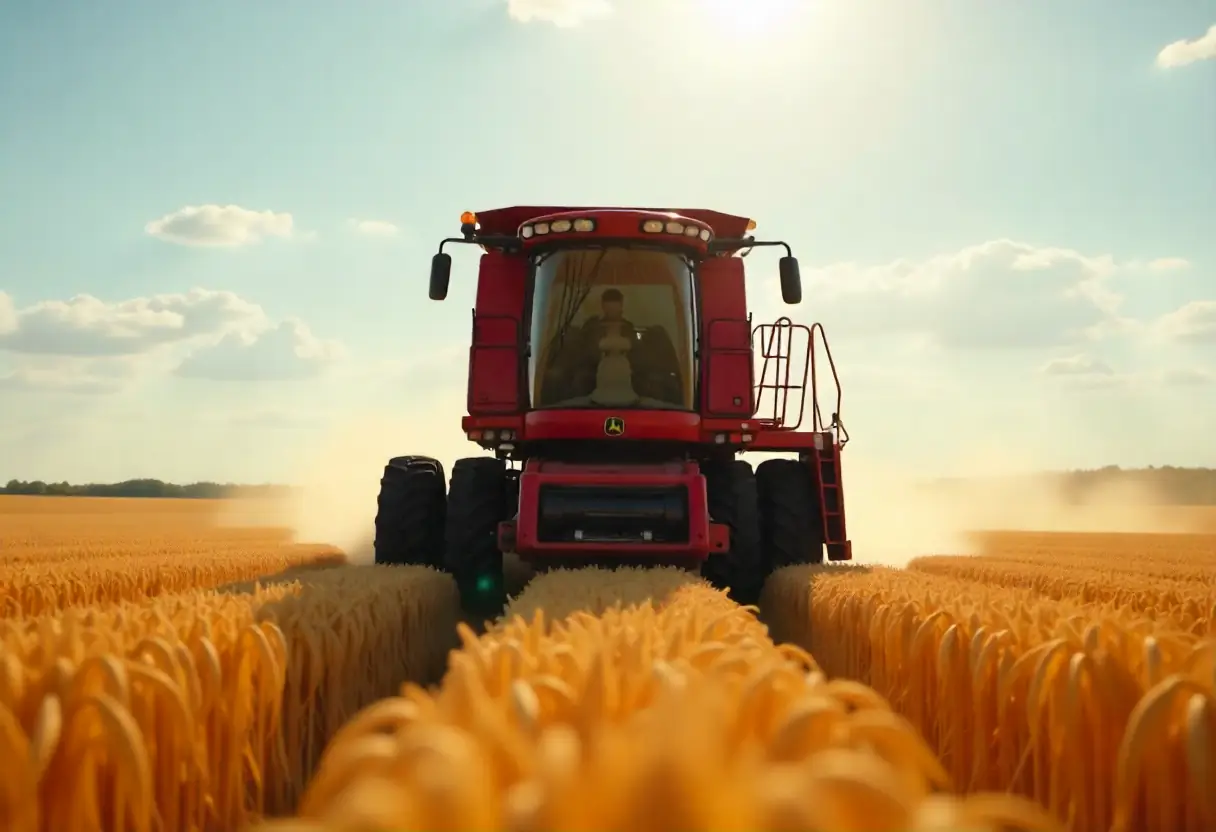
Fix It Before It Breaks: A Farmer's Guide to Combine and Harvester Maintenance
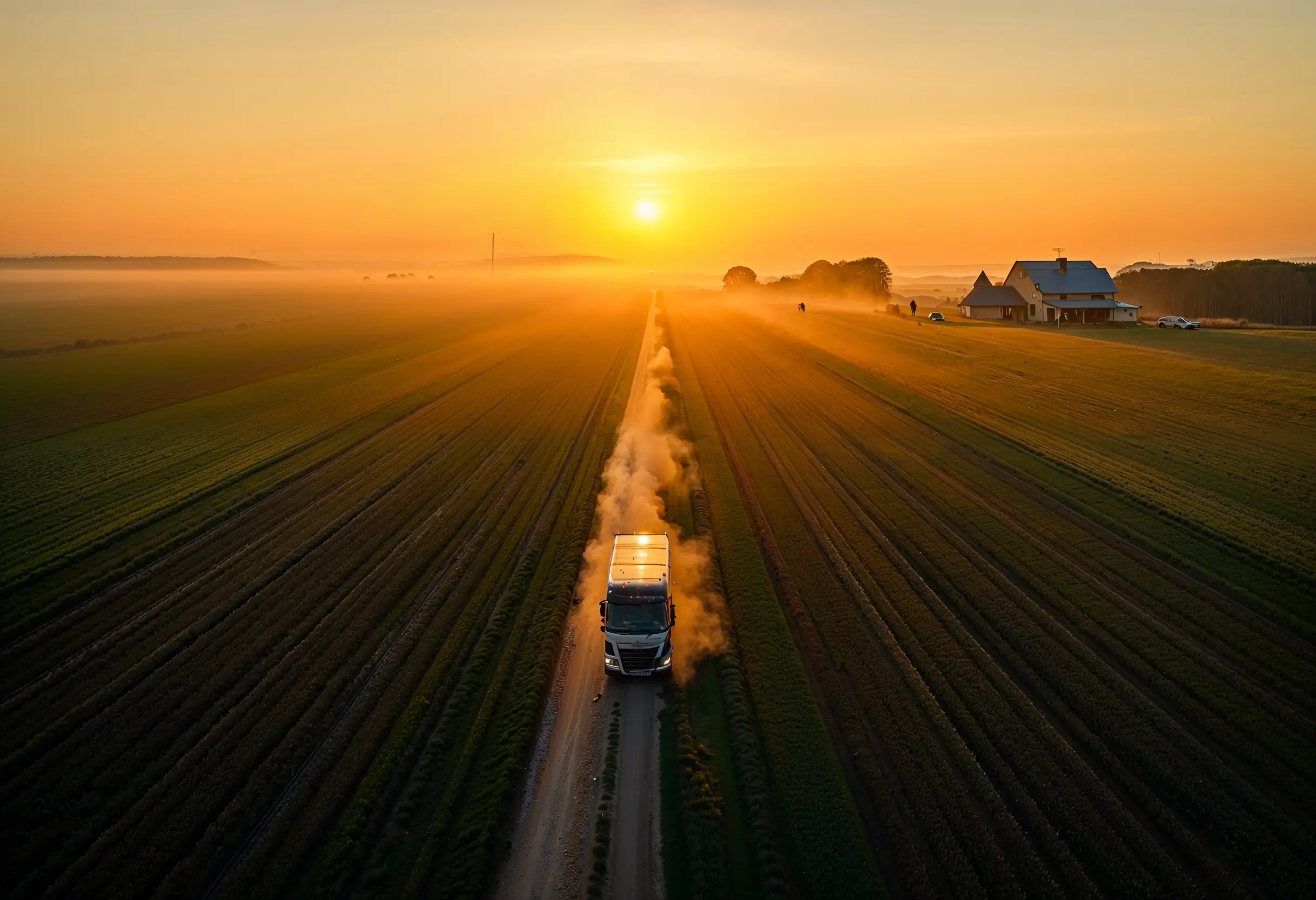
Why Fast Tractor Parts Delivery is Changing Modern Farming [2025 Guide]
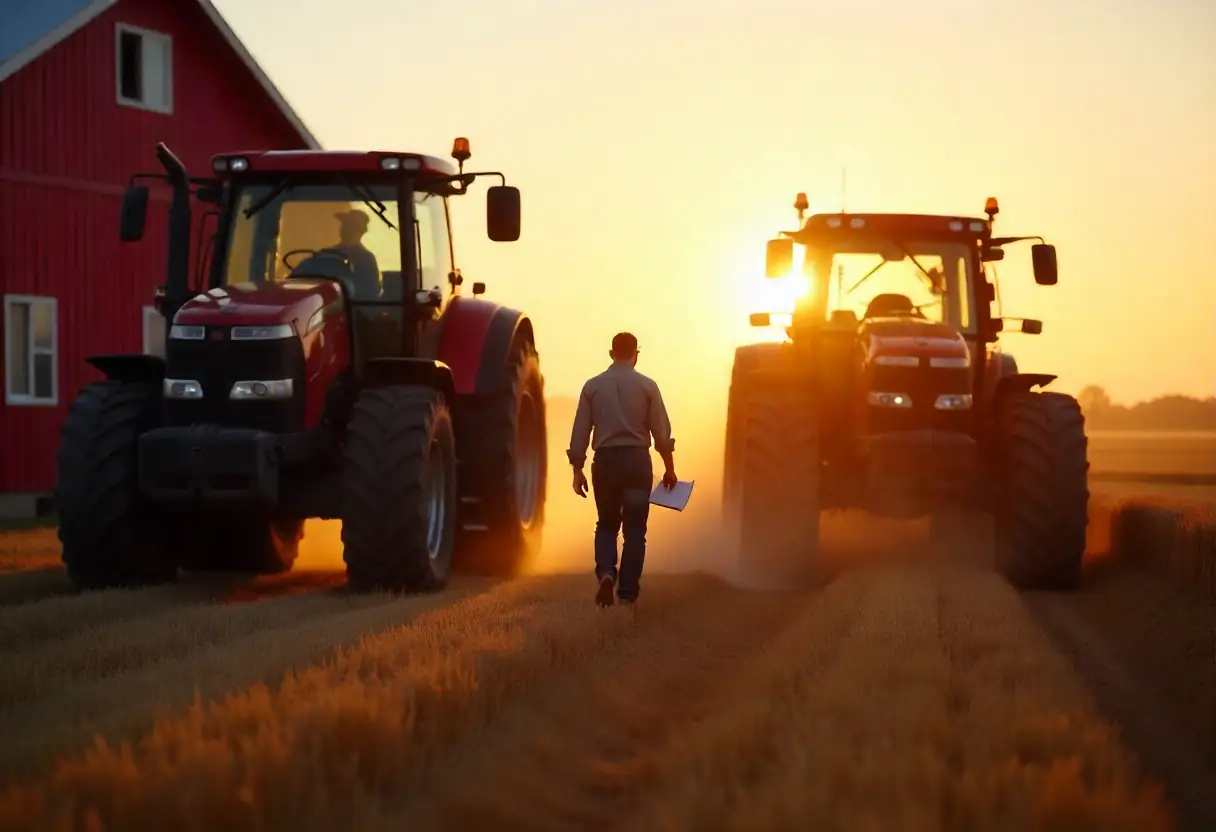
The Critical Farm Equipment Replacement Parts You Need Before Harvest 2025
.webp)
How to Double Your Farm Efficiency: Expert Guide to Smart Scaling
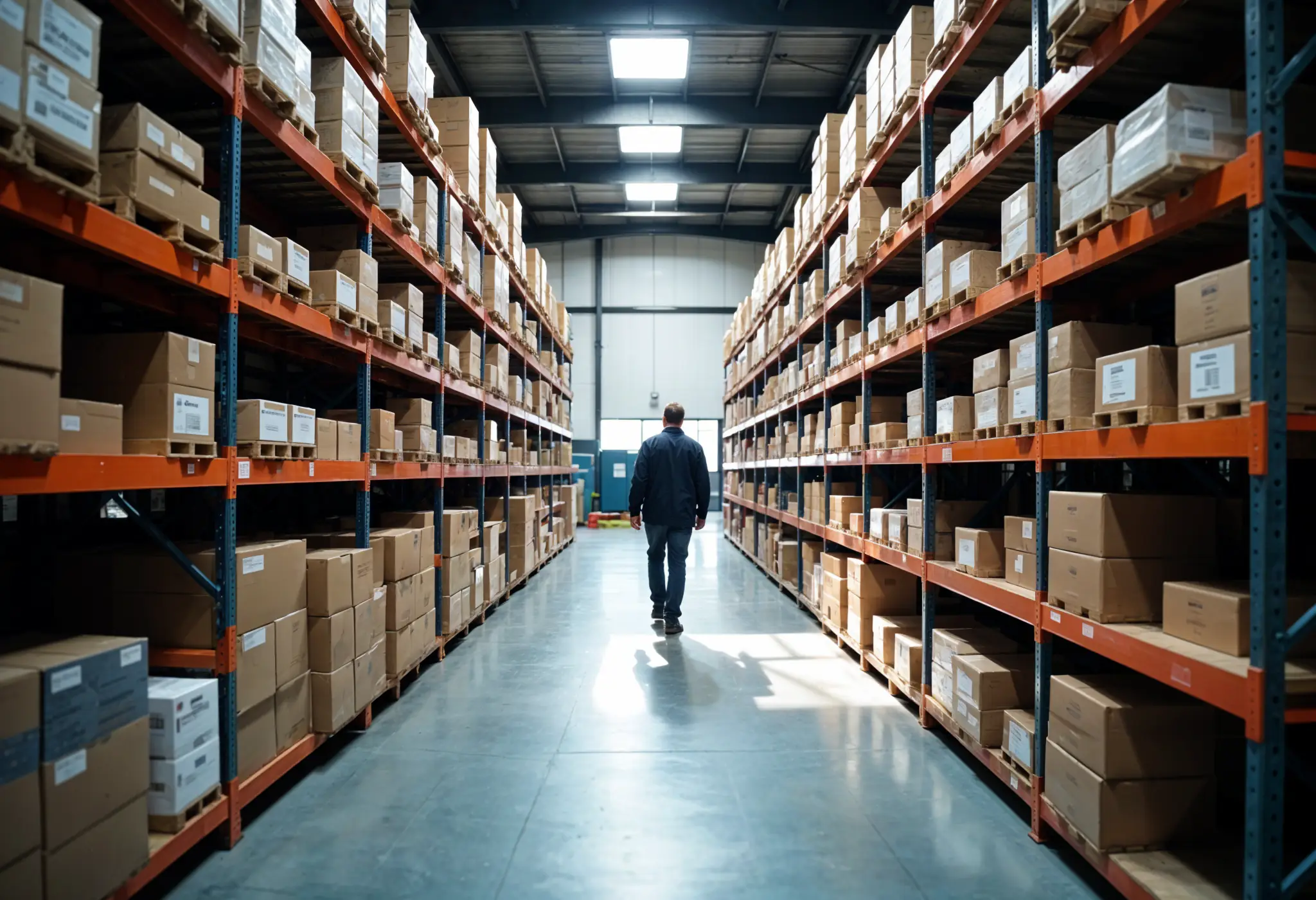
Cut Costs by 30%: Pre-Season Spare Parts Audit Checklist

Proven Success Factors for Agricultural Equipment Manufacturers in 2025
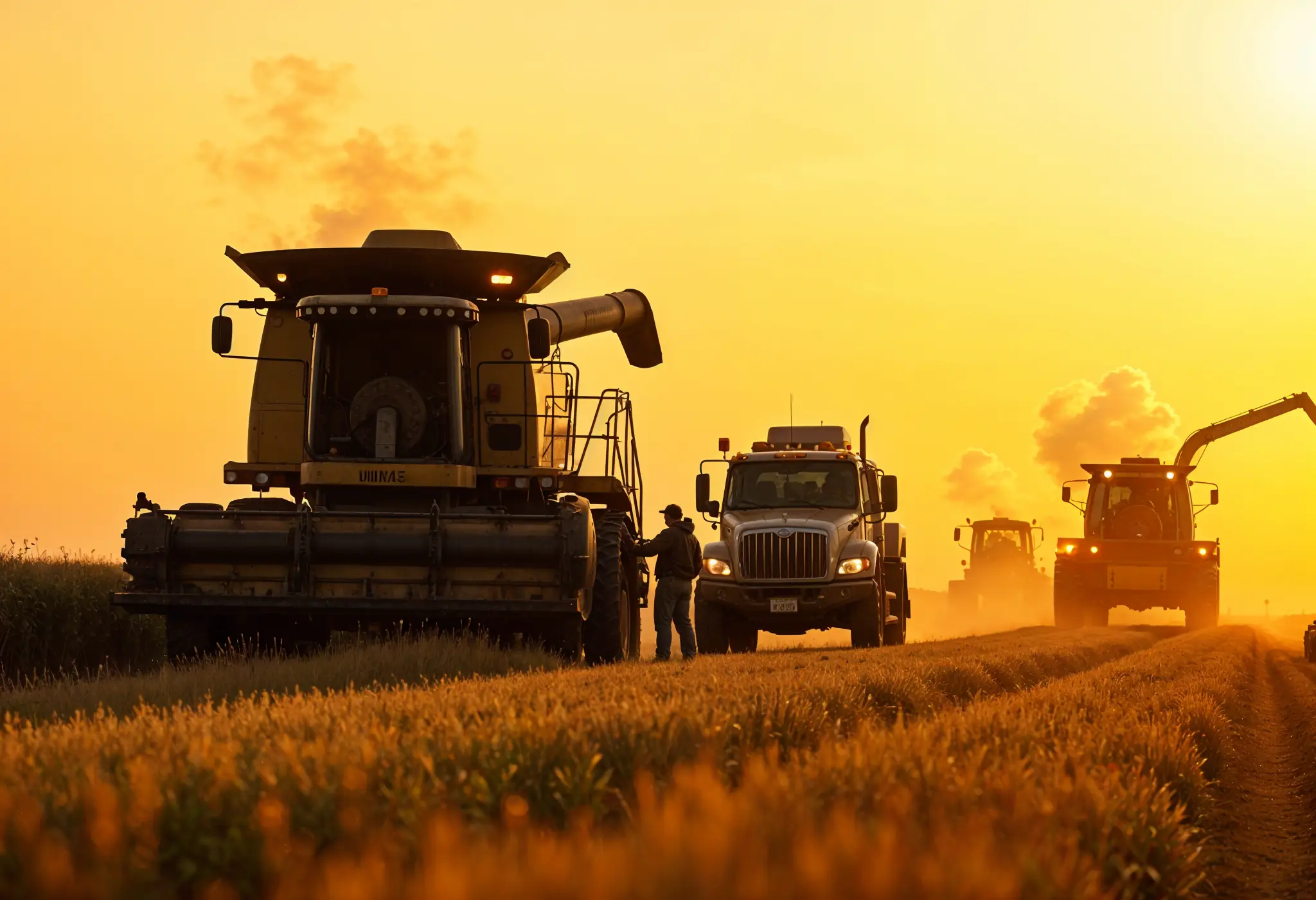
13 Overlooked Farm Spare Parts That Halt Operations — Pt. 2

13 Overlooked Farm Spare Parts That Halt Operations — Pt. 1
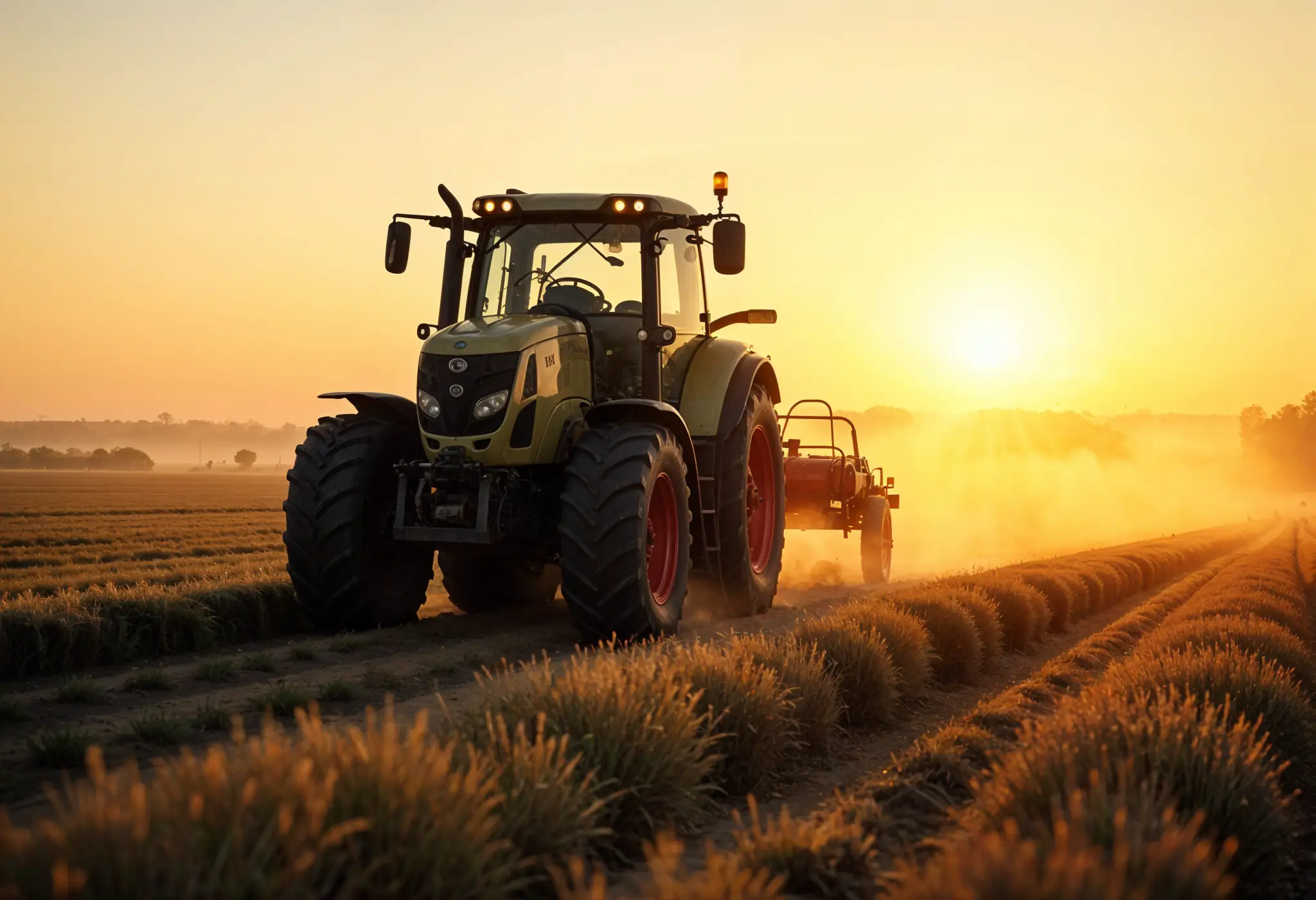
Top Hydraulic Components for Agricultural Equipment in 2025: Complete Guide
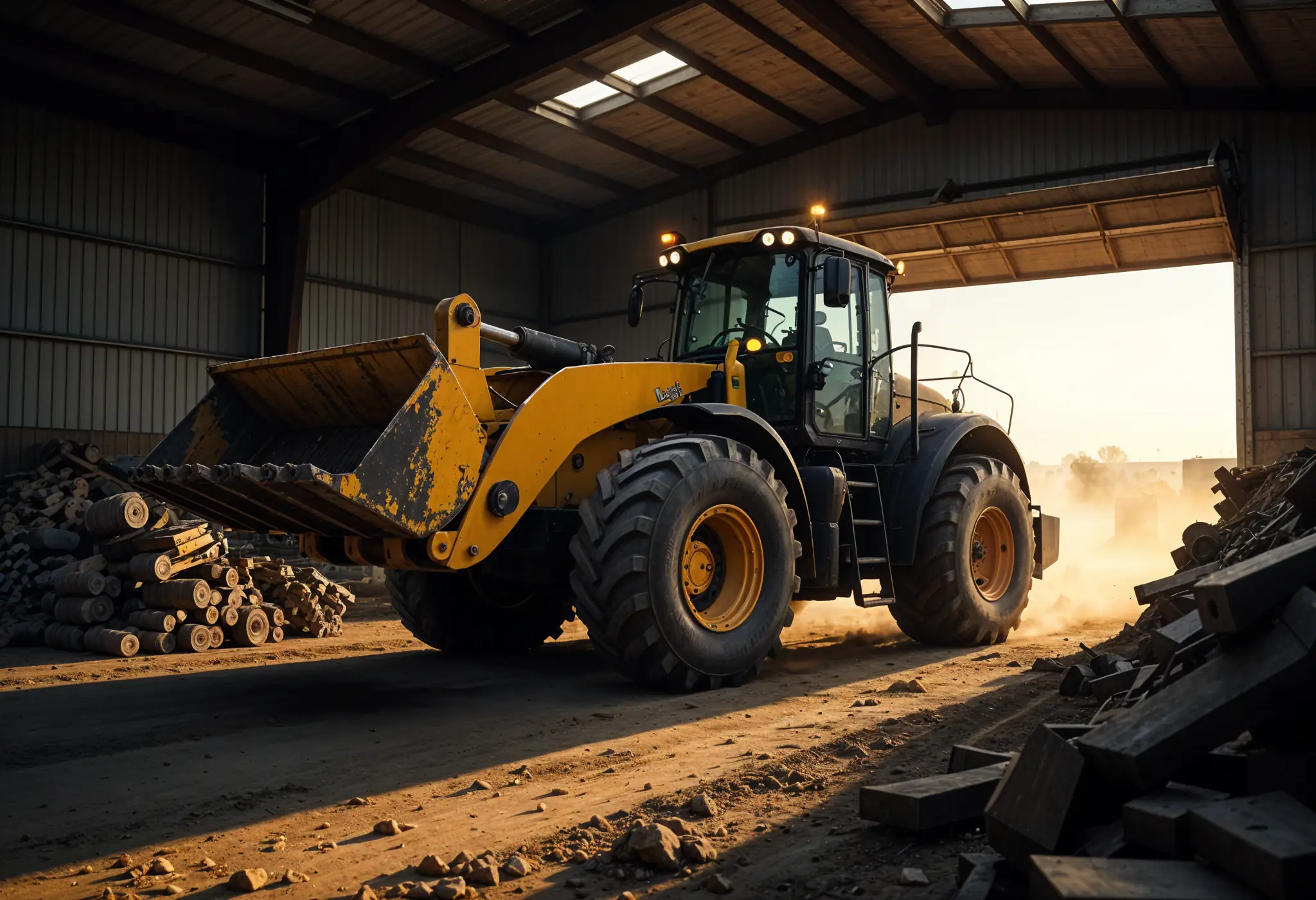
The Essential Farm Equipment Parts You Can't Afford to Run Out Of
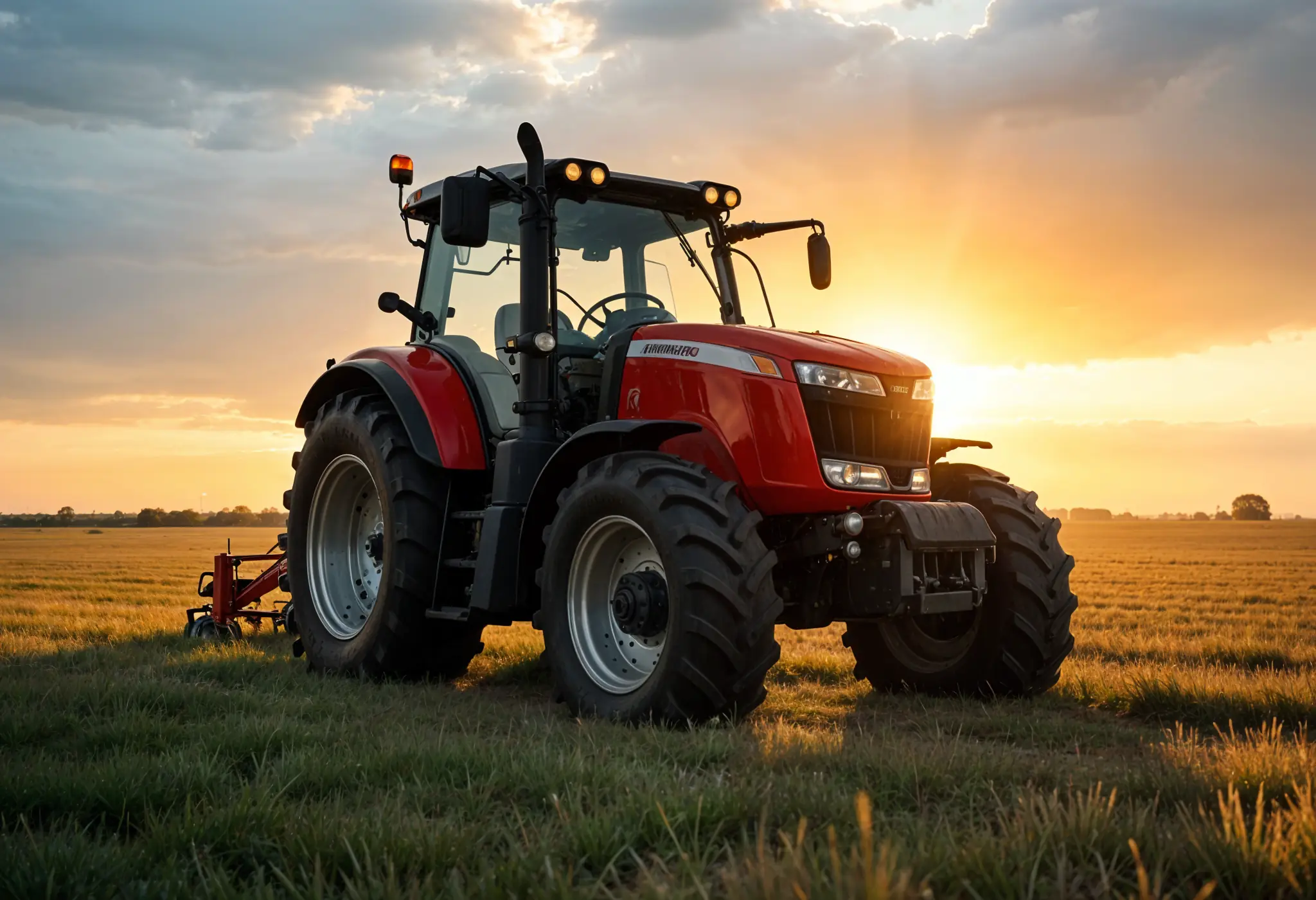
How to Service Farm Equipment: A Farmer's Guide to Zero Harvest Downtime
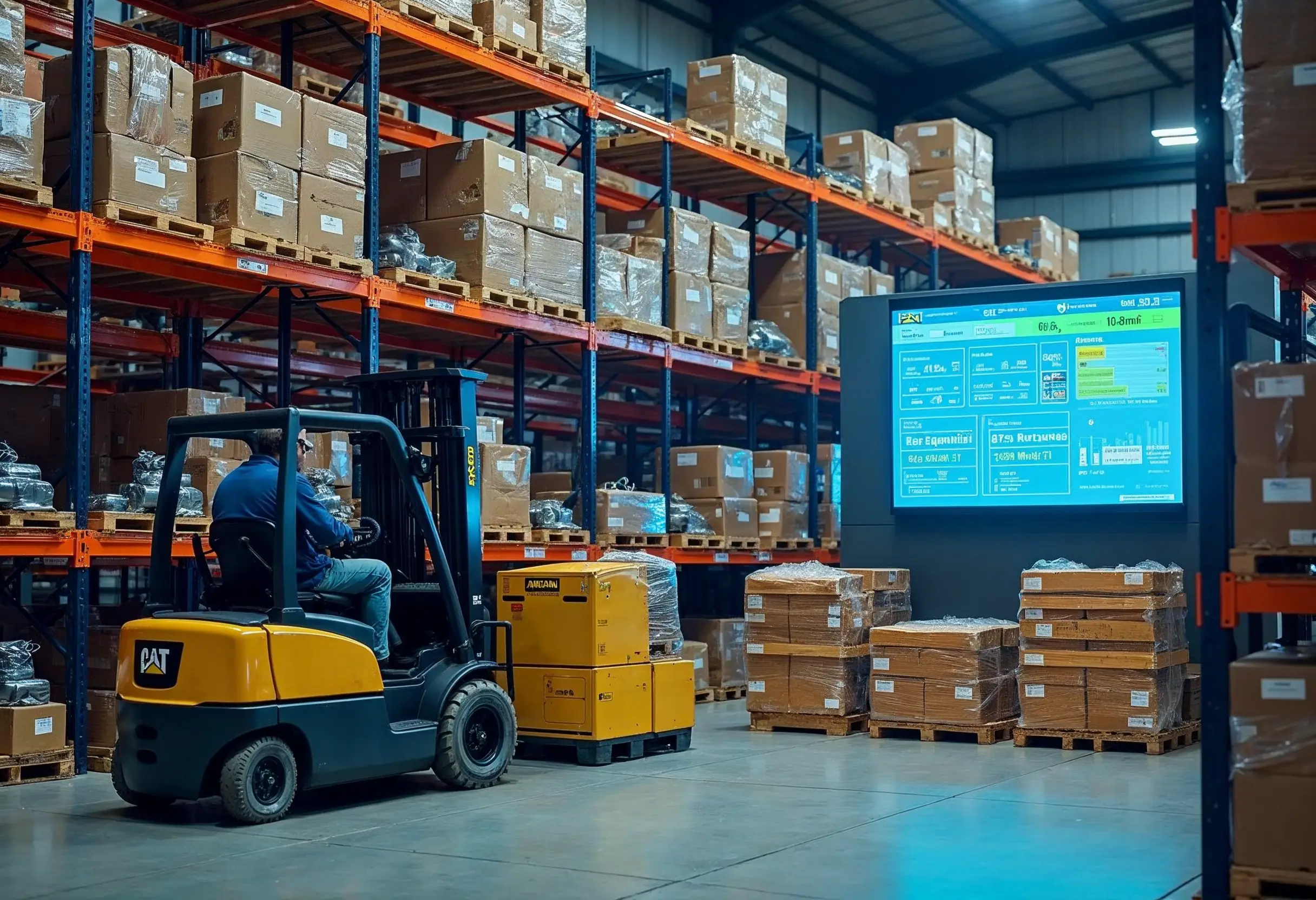
Construction Machinery Parts Suppliers: Expert Selection Guide
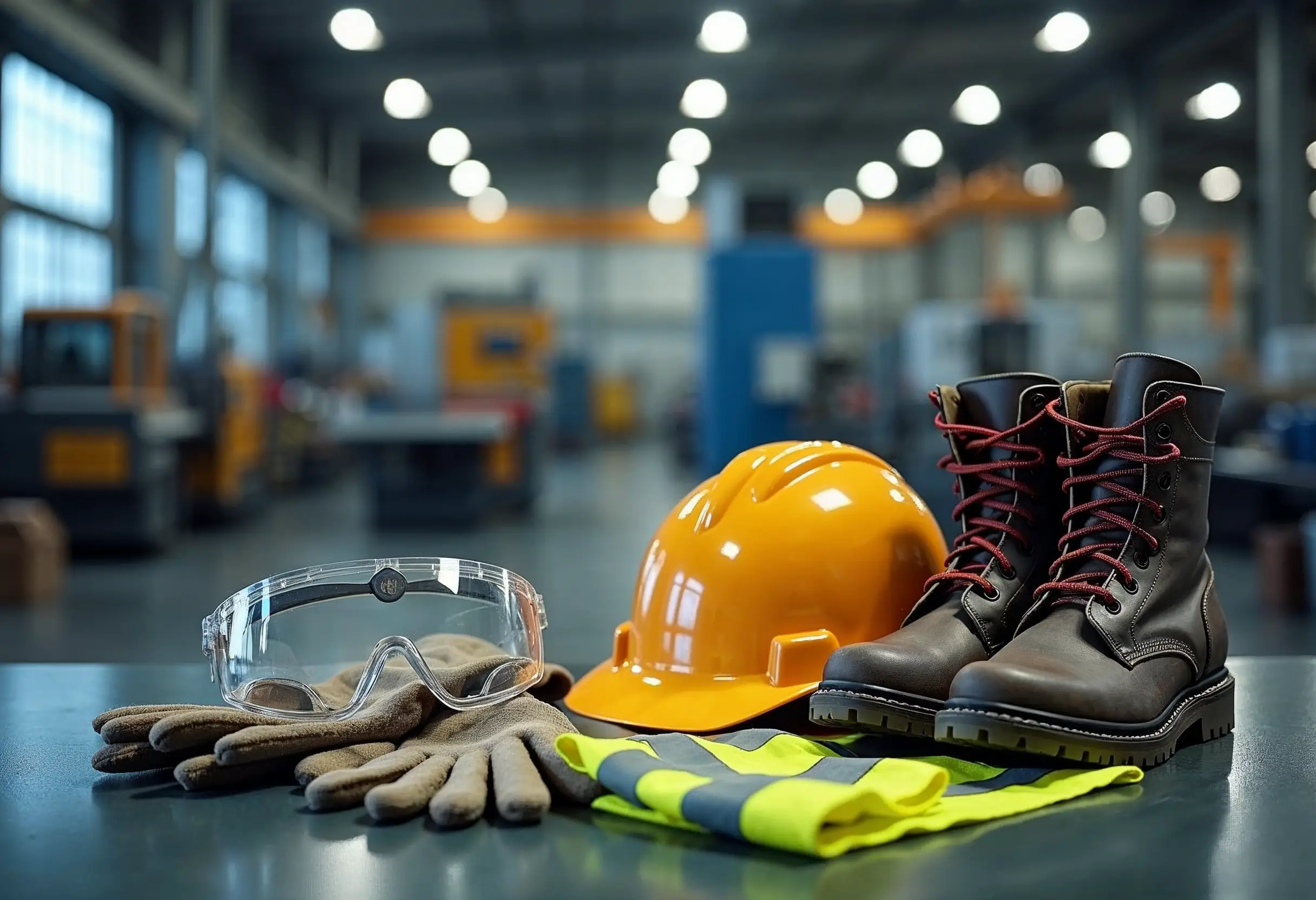
How to Apply Machine Safety Rules: From Selection to Installation
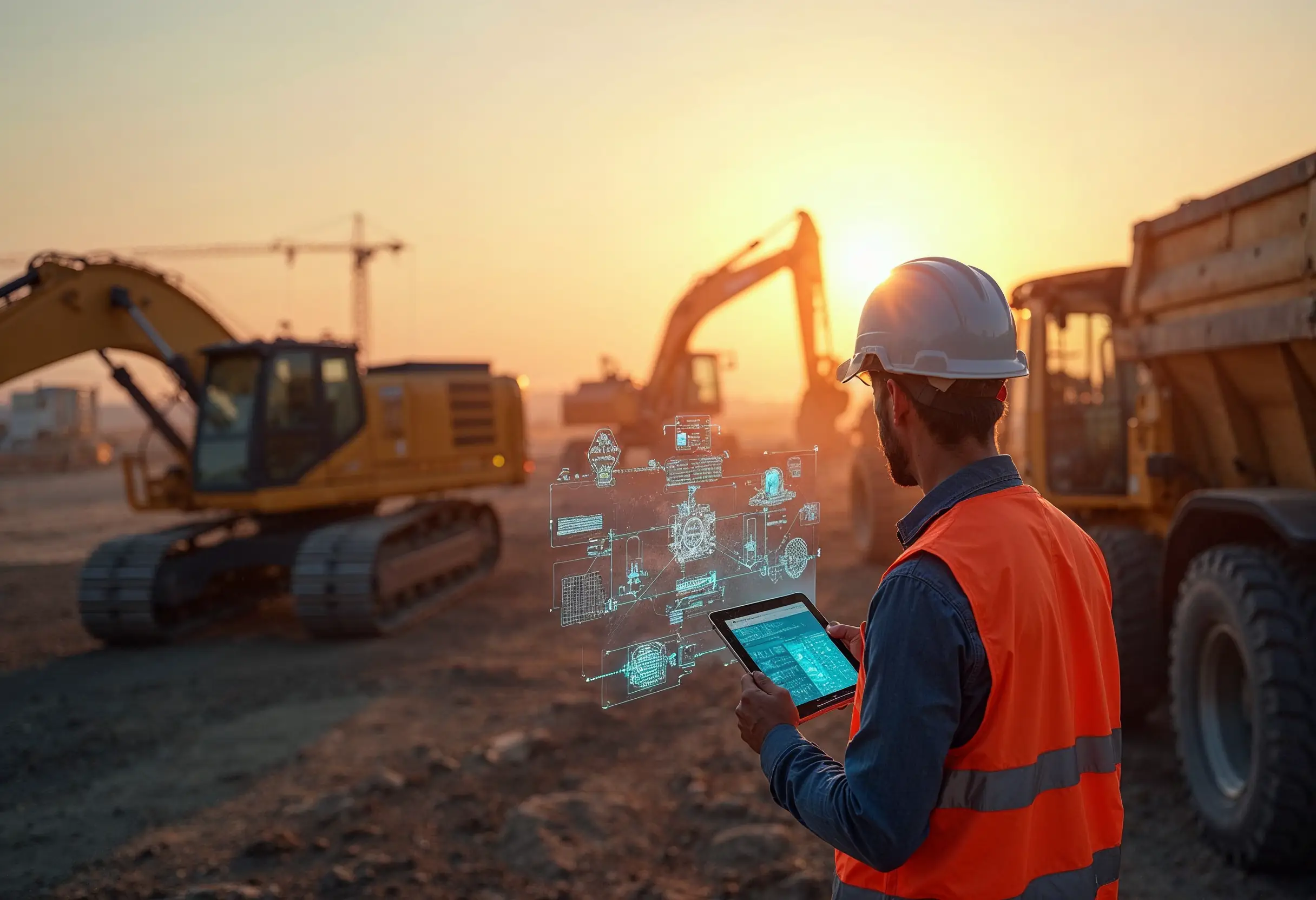
Smart Diagnostics Cut Heavy Equipment Failures by 73%
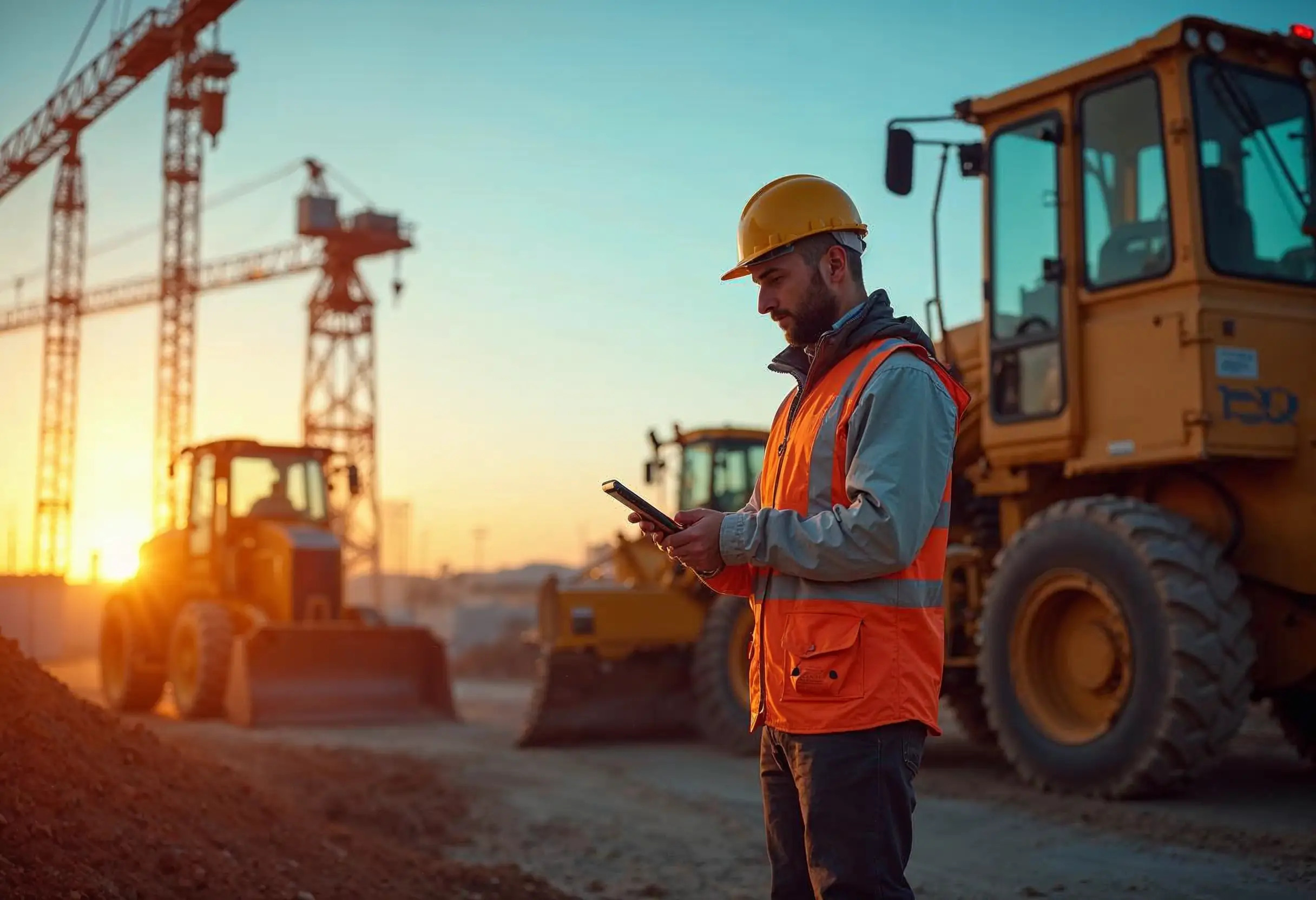
5 Ways to Assess the Environmental Impact of Heavy Construction Machinery

10 Smart Ways to Pick Construction Machinery for 2025 Projects
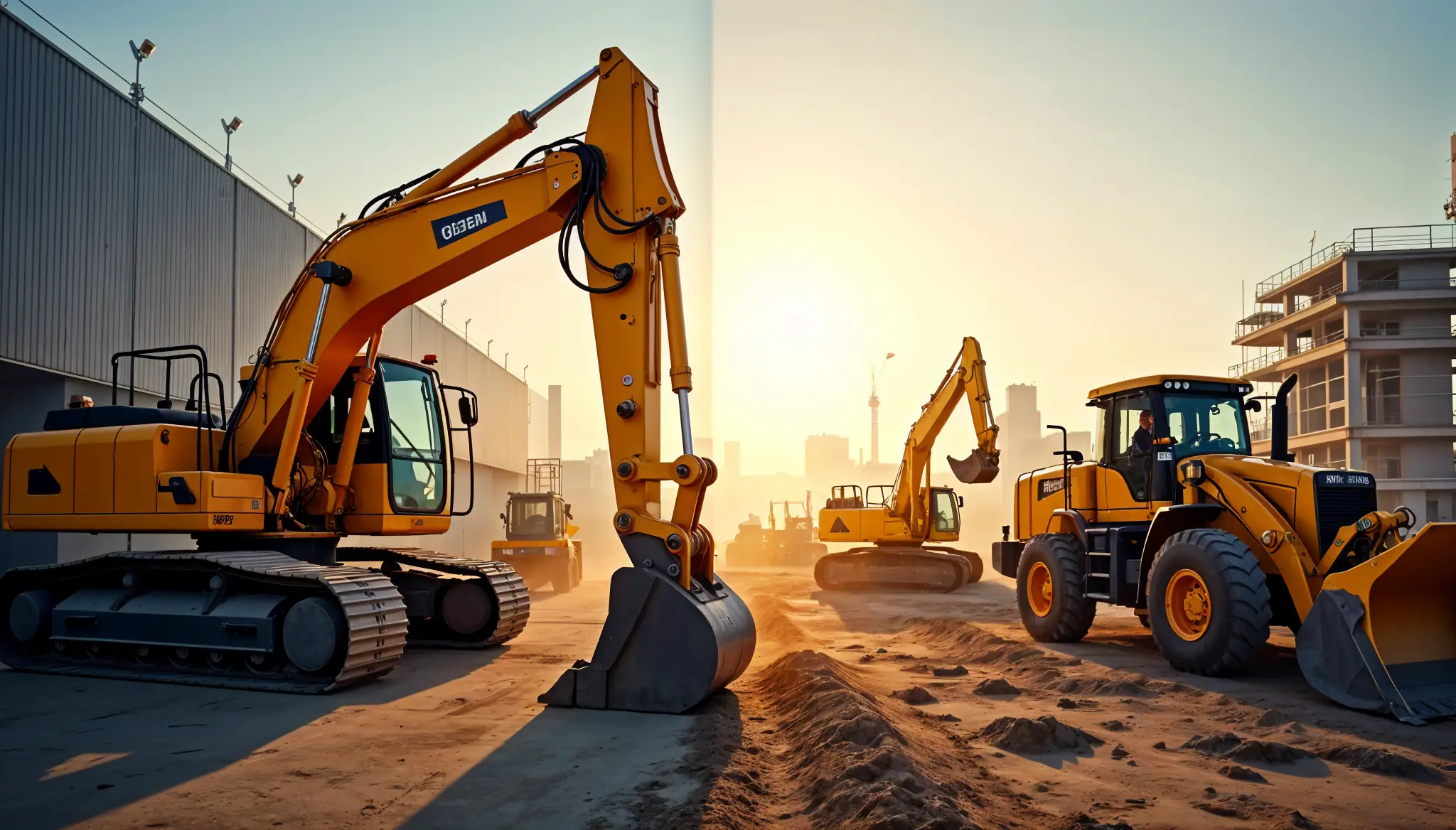
Rent vs Purchase Equipment: What Heavy Industry Experts Hide
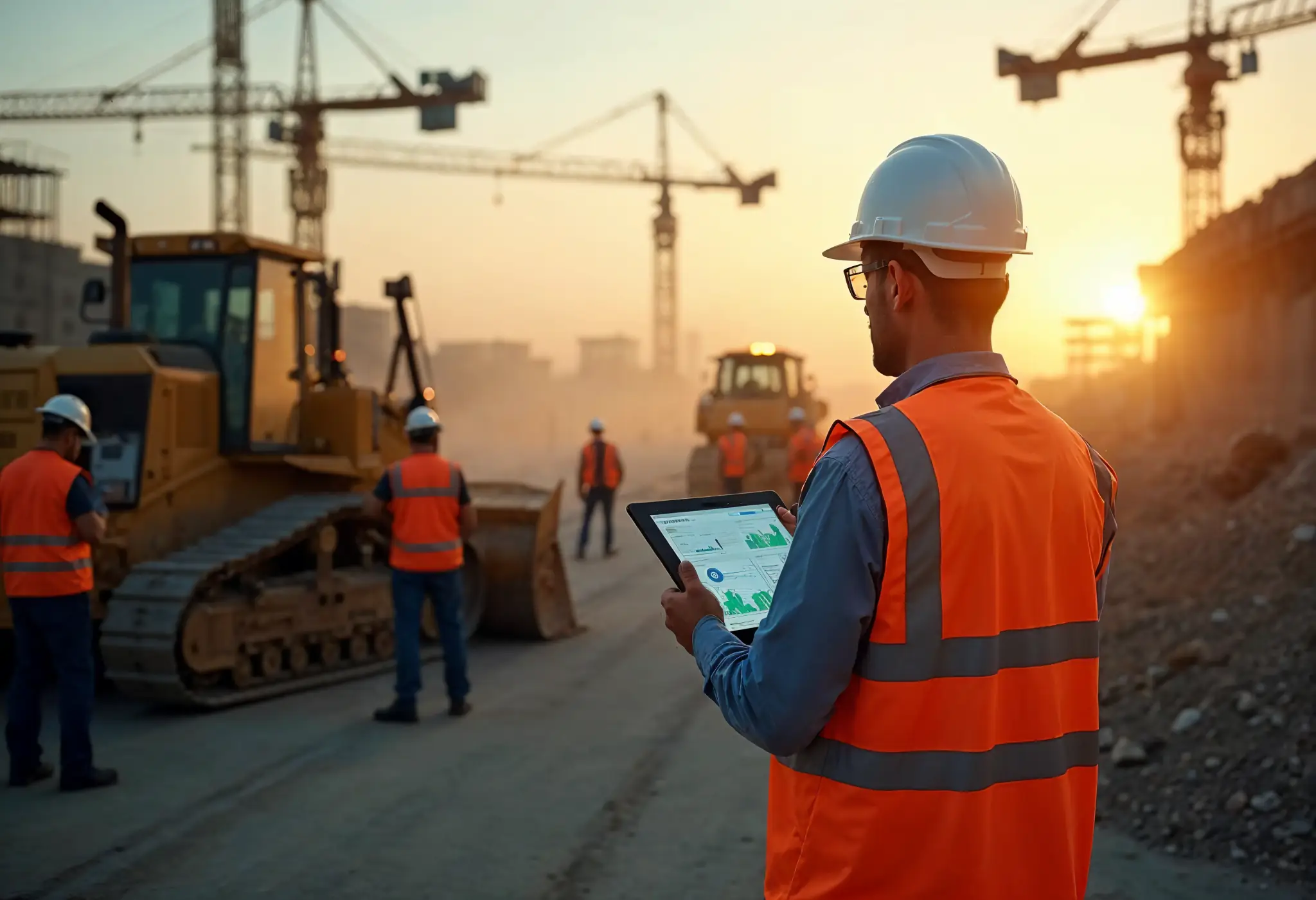
How to Implement a Construction Inventory Management System for Equipment Efficiency
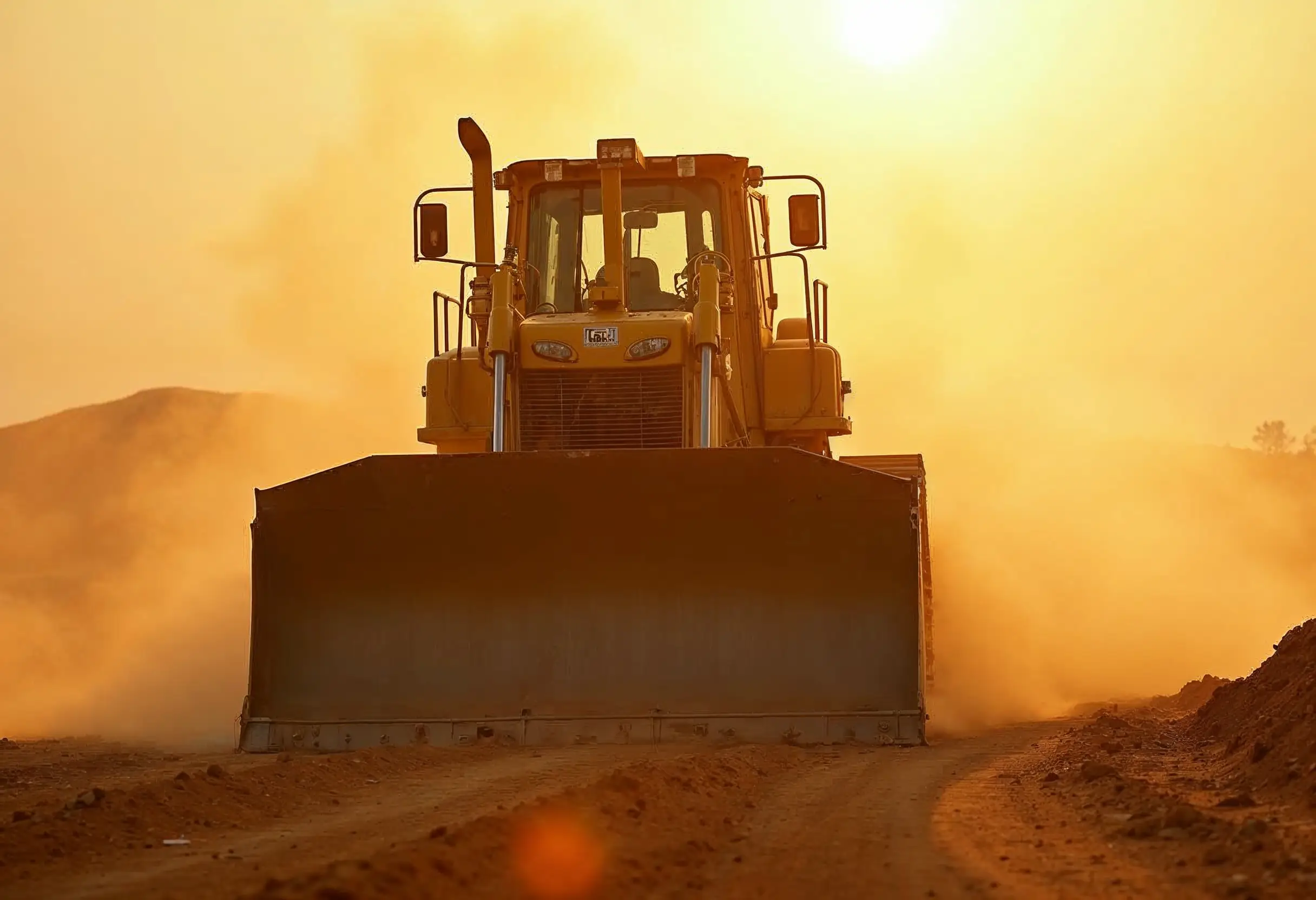
How to Extend Equipment Life Expectancy with Regular Maintenance
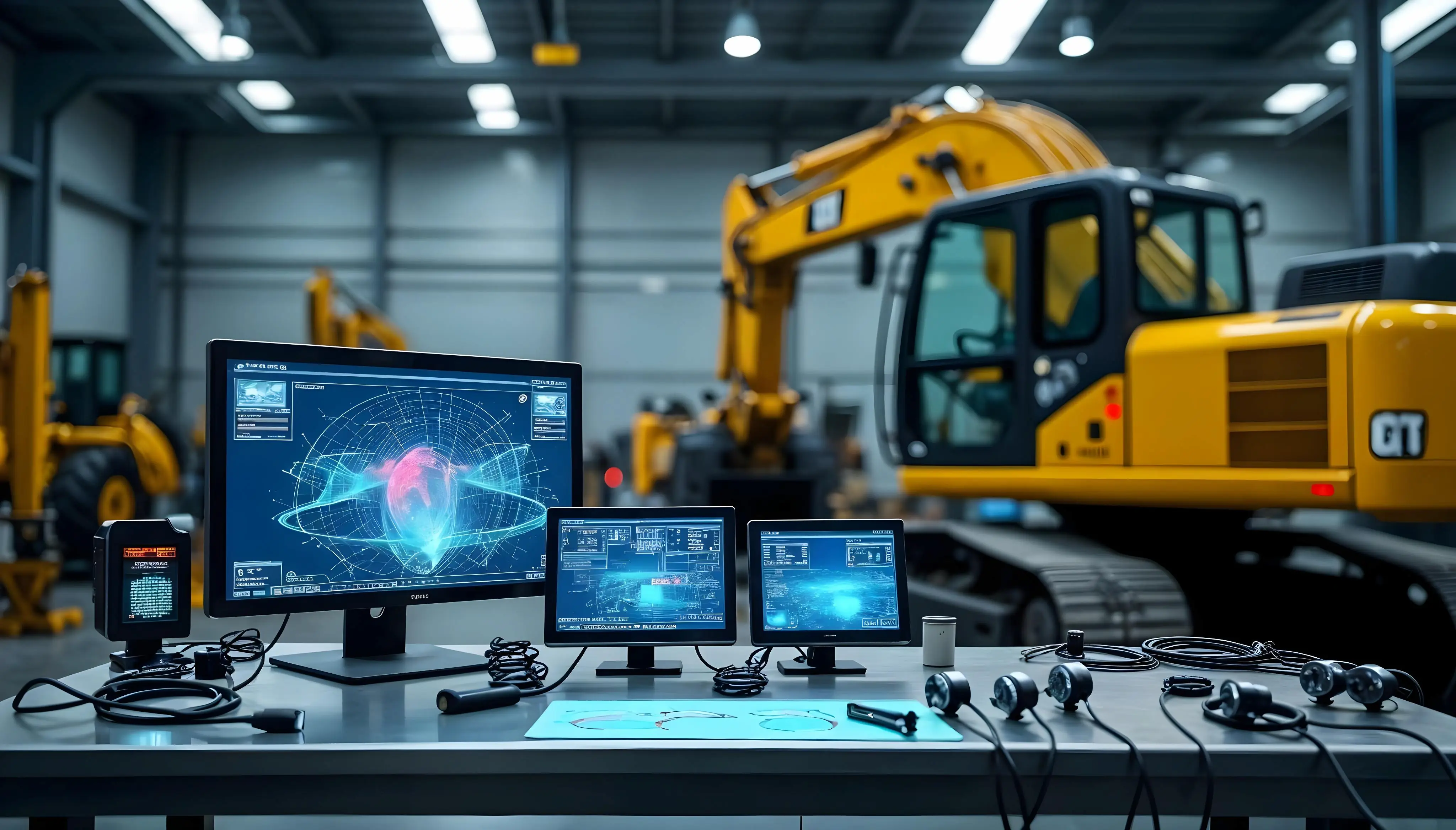
Advanced Heavy Equipment Diagnostic Tools: Ensuring Construction Machinery Quality
Essential Features Your Construction Equipment Inventory System Needs
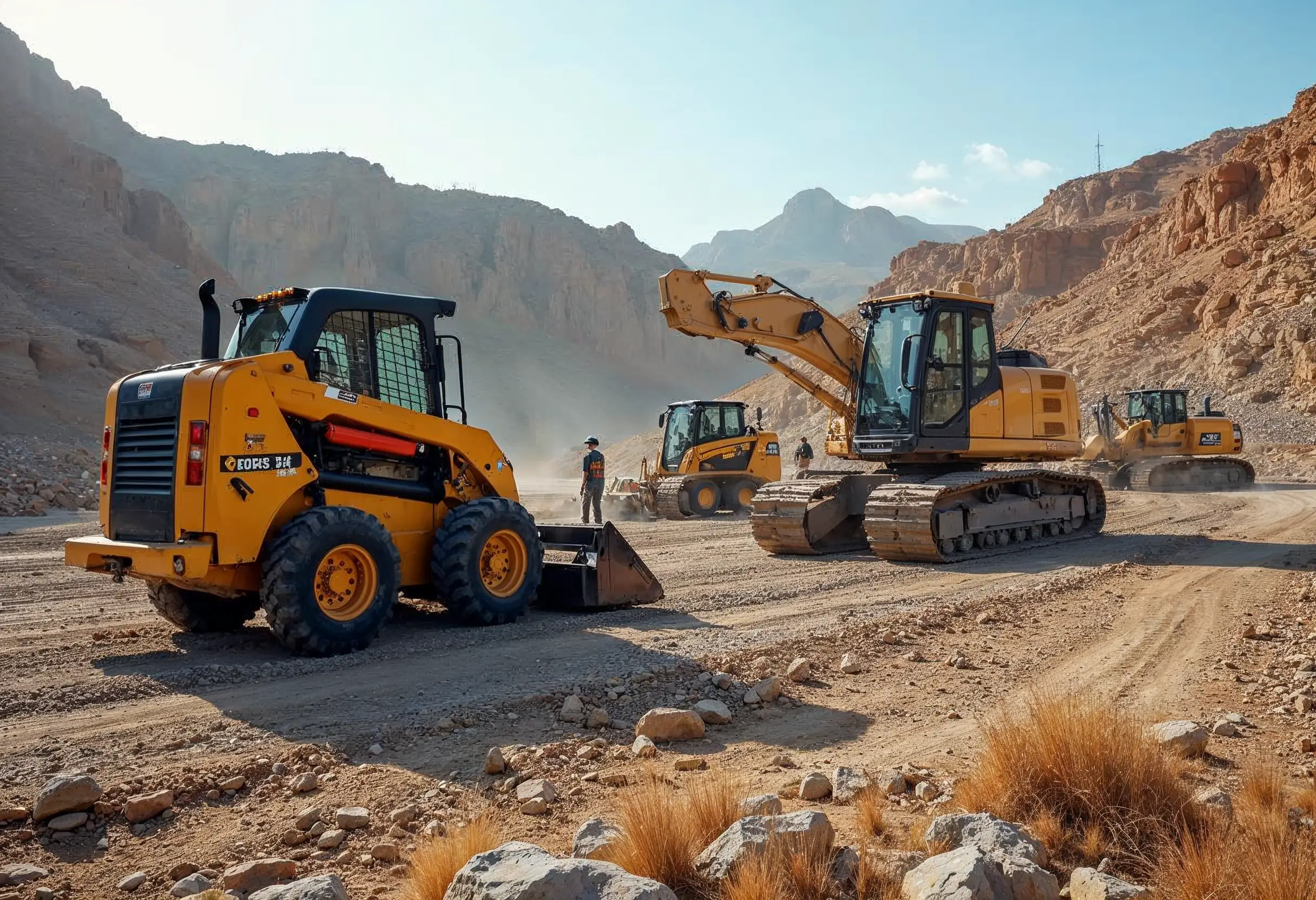
29 Quick Tips for Choosing Construction Equipment for Remote Locations
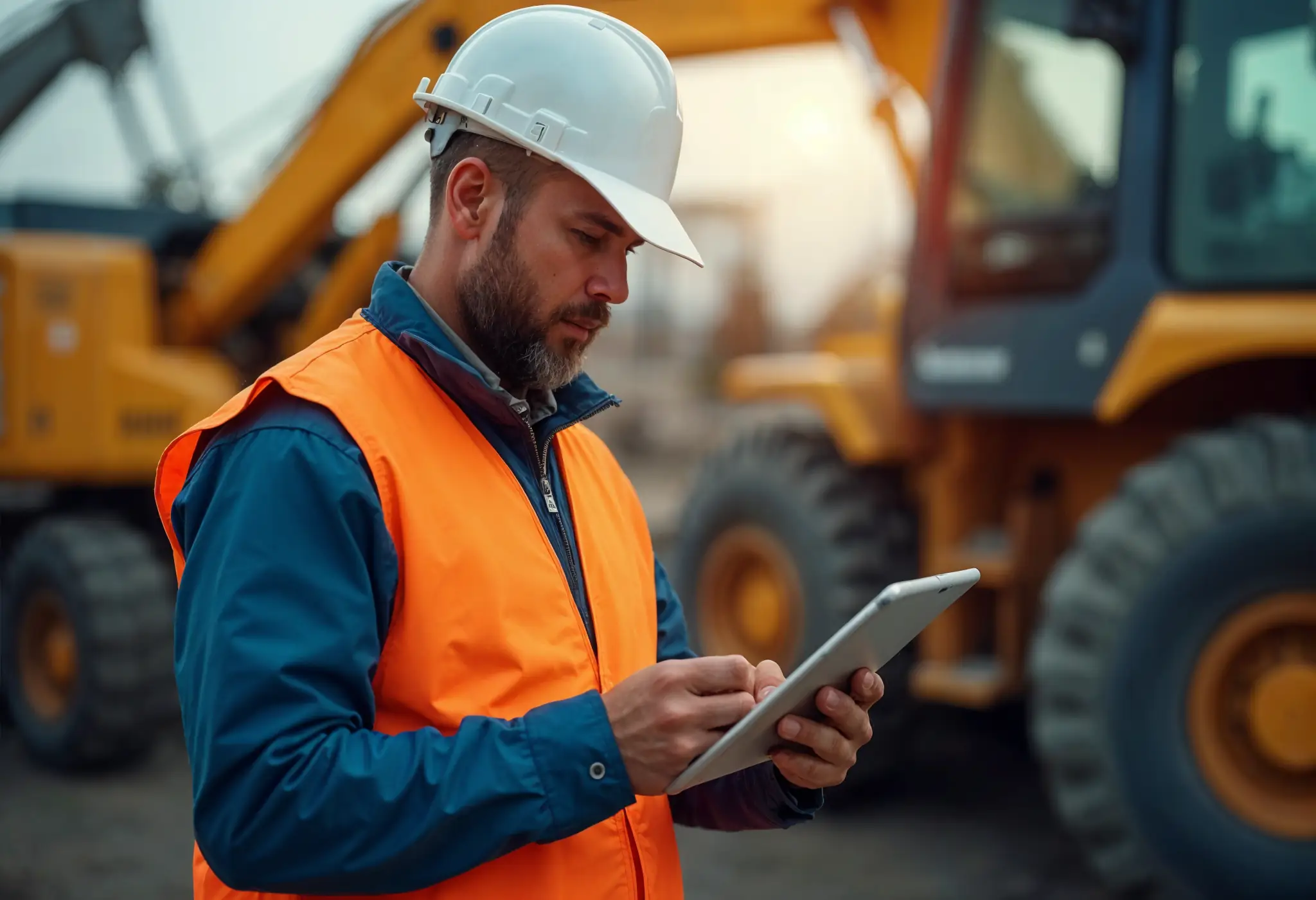
How to Select Construction Machinery with Optimal Equipment Maintenance in Mind

Top 25 Tips for Selecting Bulldozers for Construction Sites
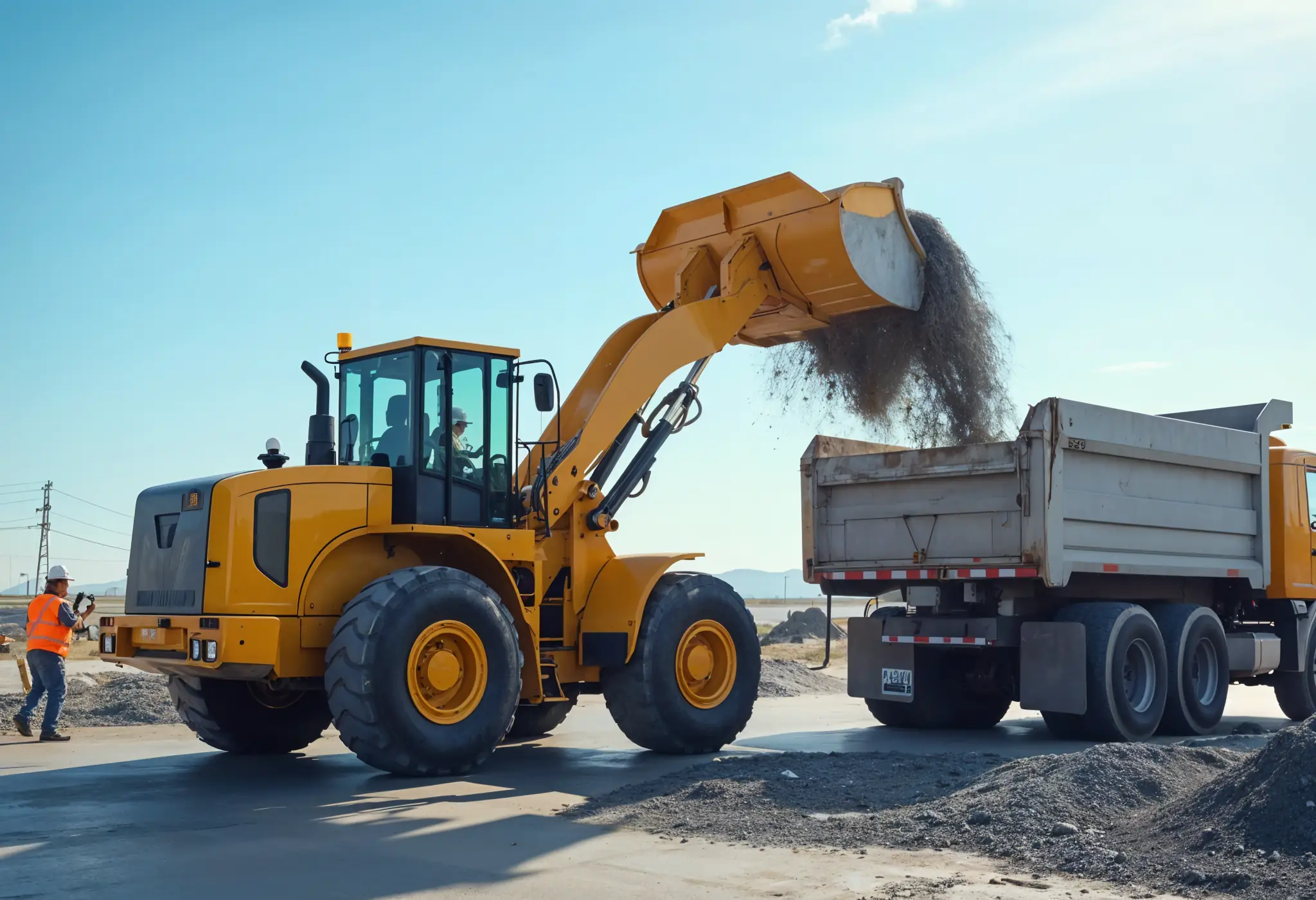
Which Construction Loader is Best for Your Project Needs?

4 Key Steps to Form a Construction Machinery QC Team

15 Essential Tips for Selecting the Perfect Crane for Construction
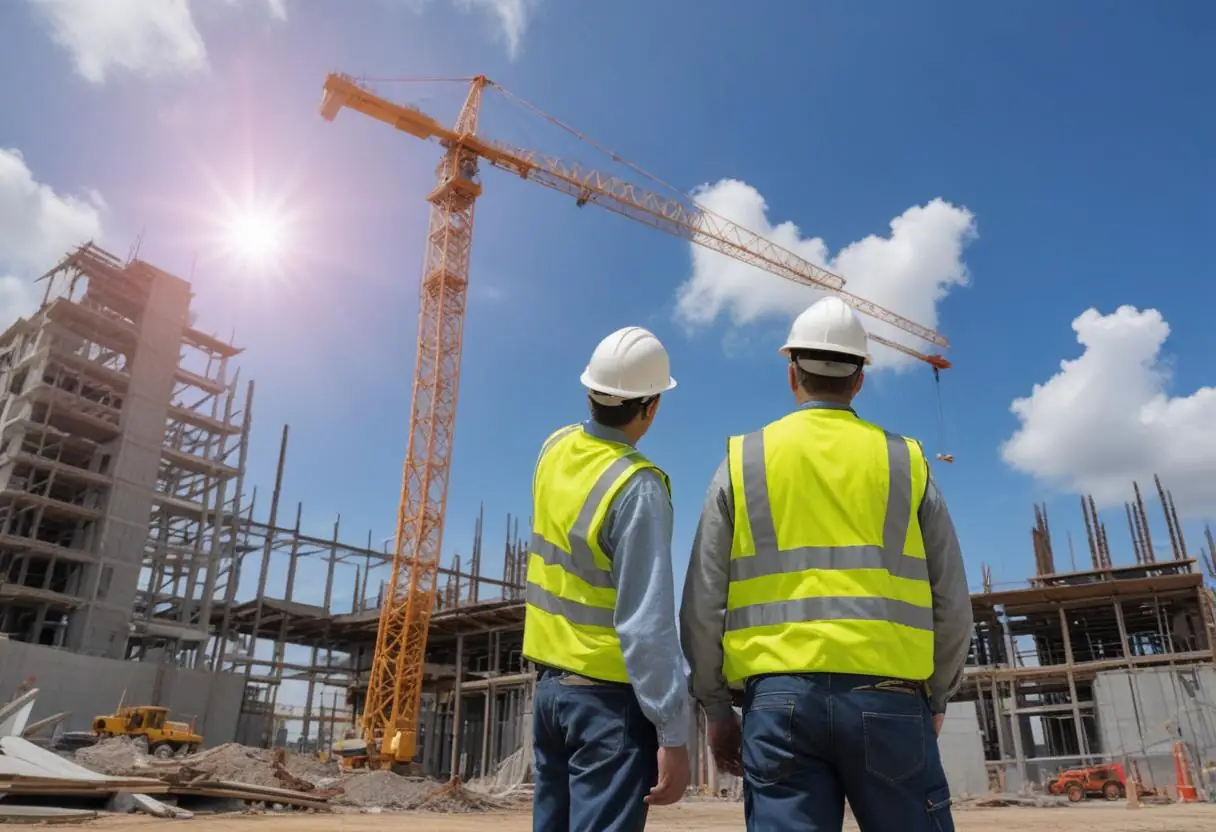
Maximize Savings: Multi-Purpose Construction Machinery for Lower Costs

Affordable Heavy Equipment Parts: A Sourcing Guide
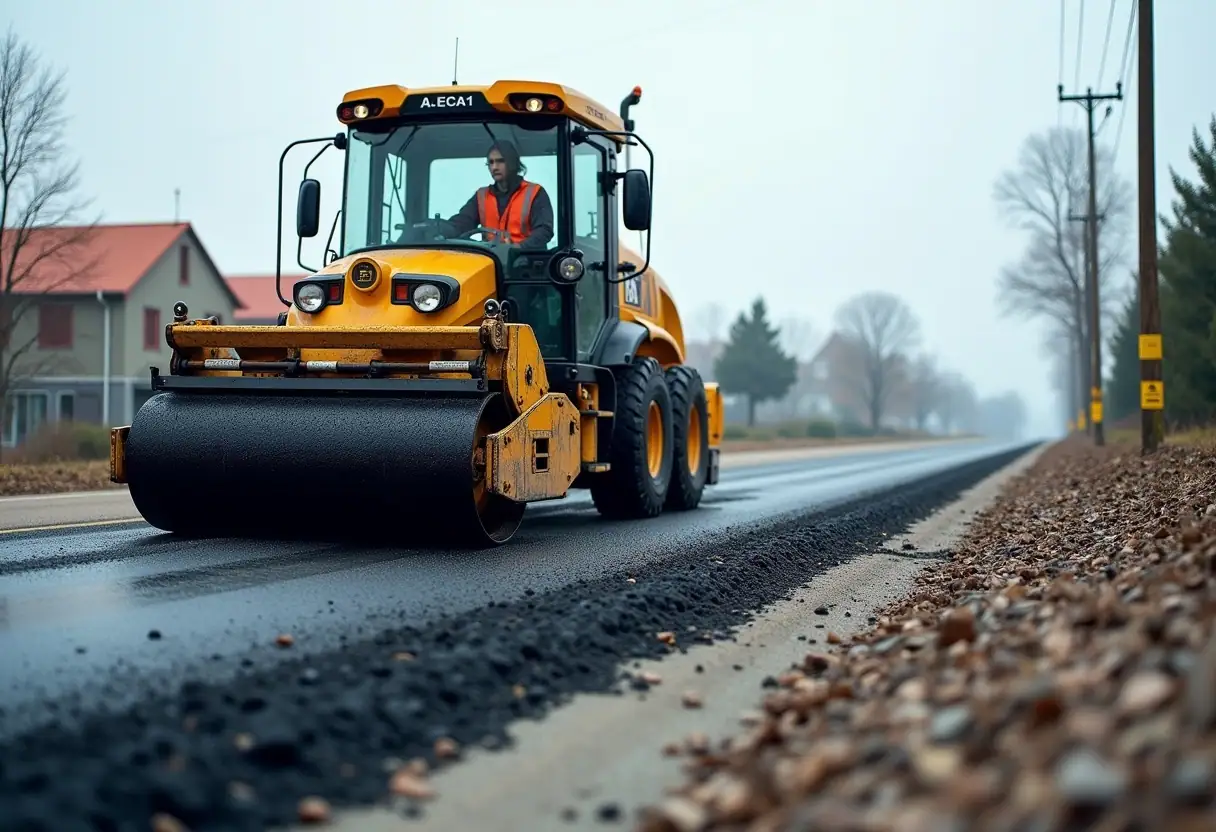
Choosing the Right Road Construction Equipment: A Complete Guide
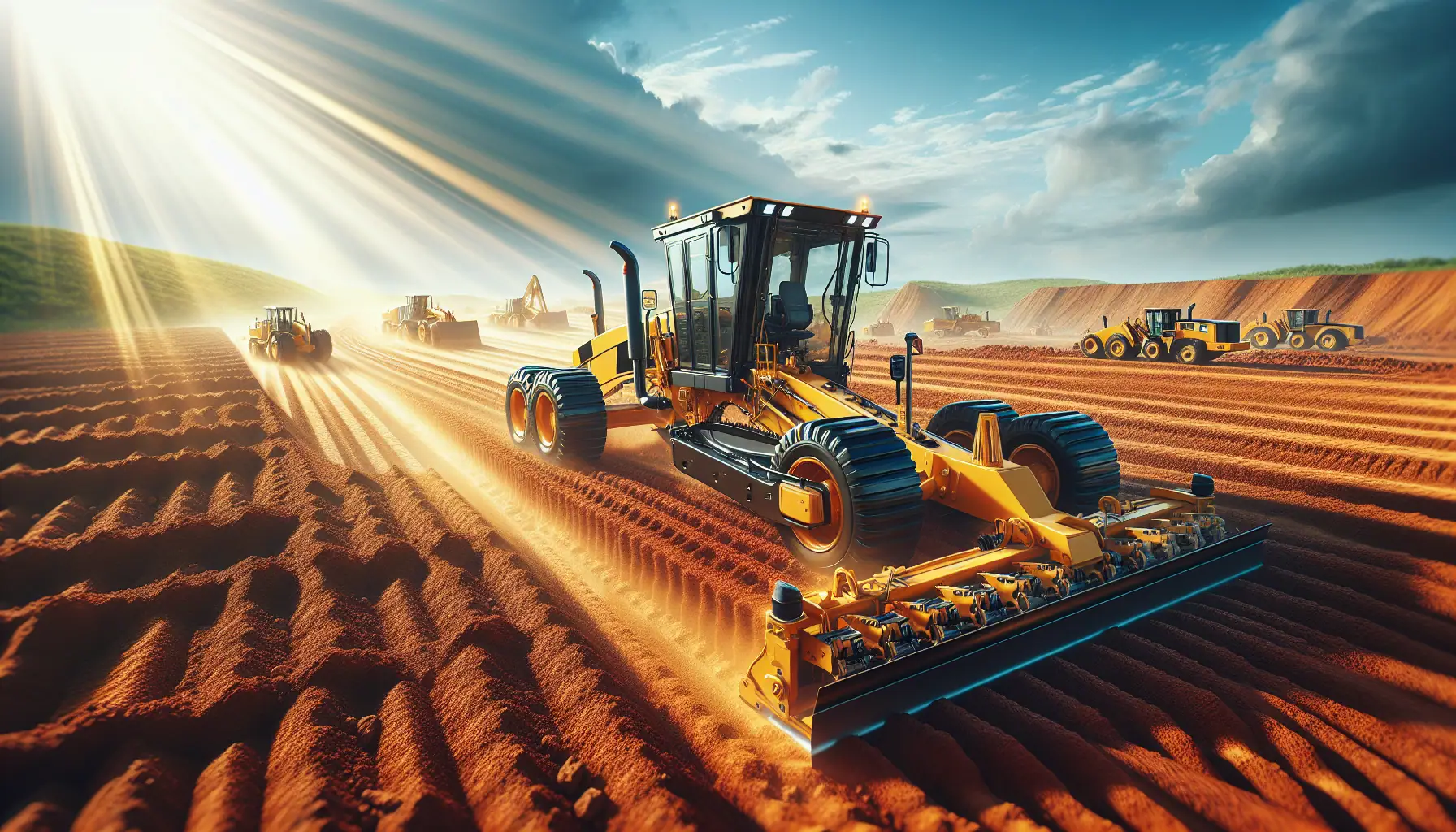
Motor Graders: Key Elements to Consider for Optimal Selection
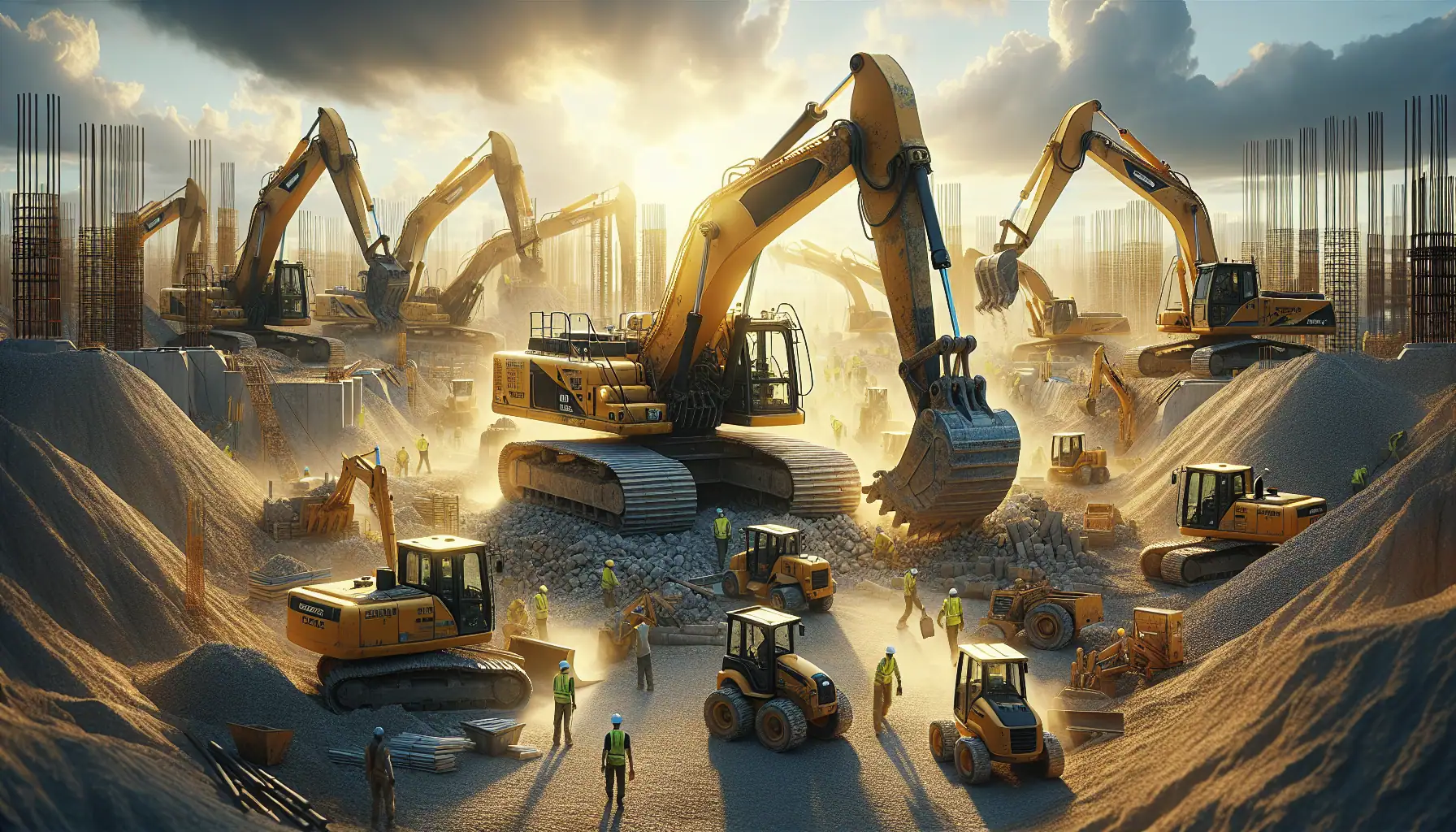
A Detailed Guide to Choosing Excavators for Construction Work

Top Tips for Choosing Cranes for Construction Projects
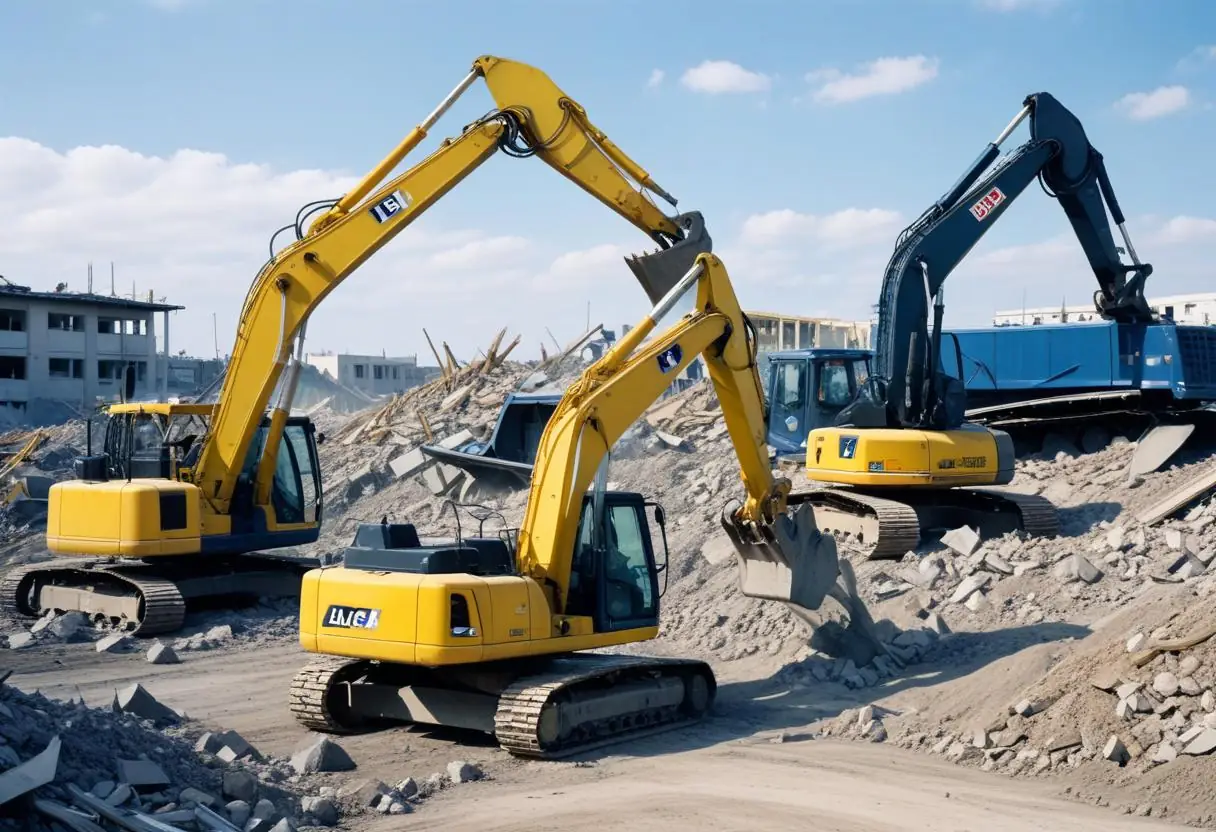
5 Top-Rated Demolition Machines for Construction Professionals
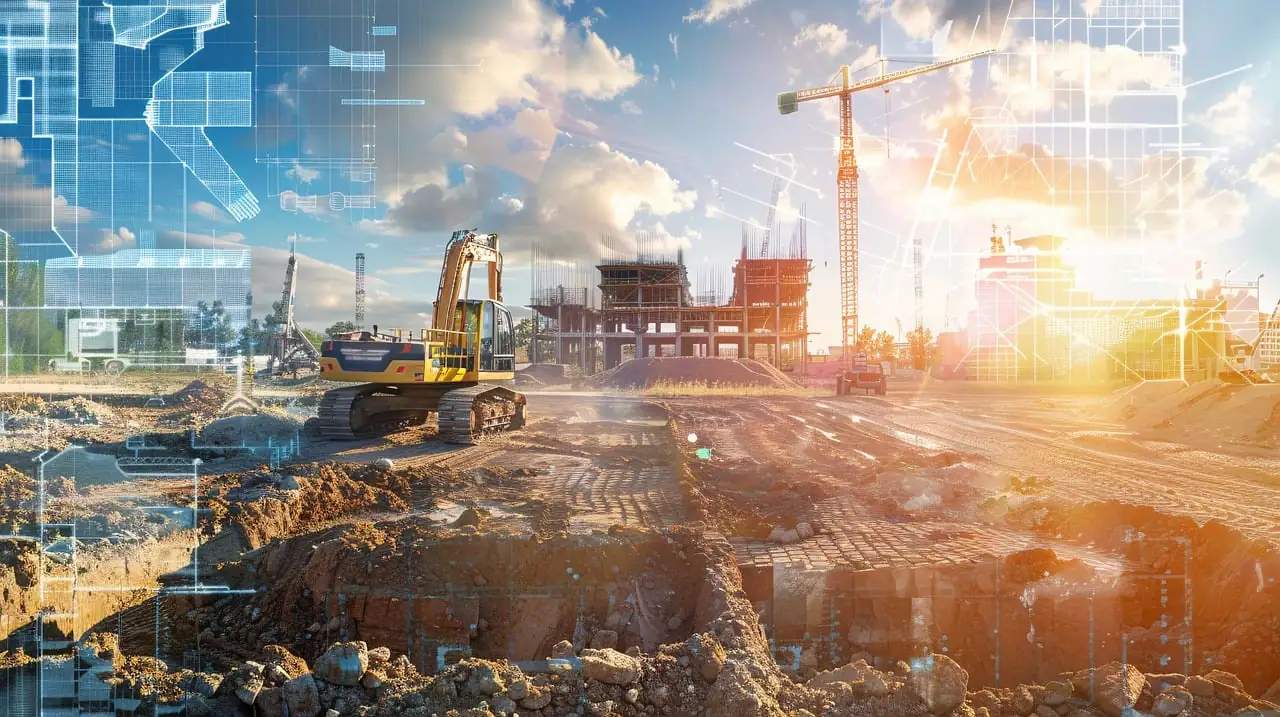
Expert Tips on Choosing Earthmoving Equipment for Large Projects
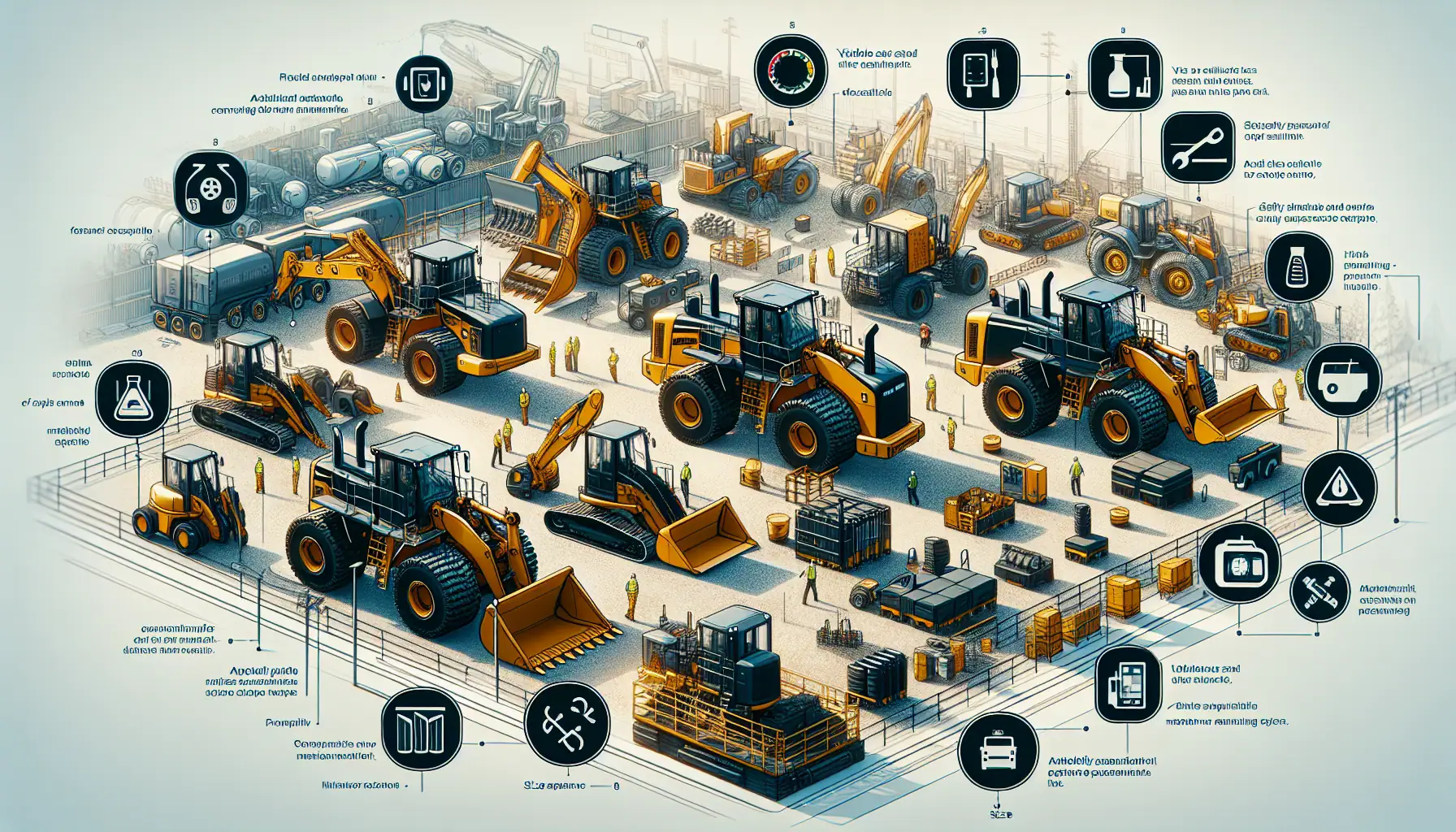
Top Functional Criteria for Selecting Heavy Construction Equipment
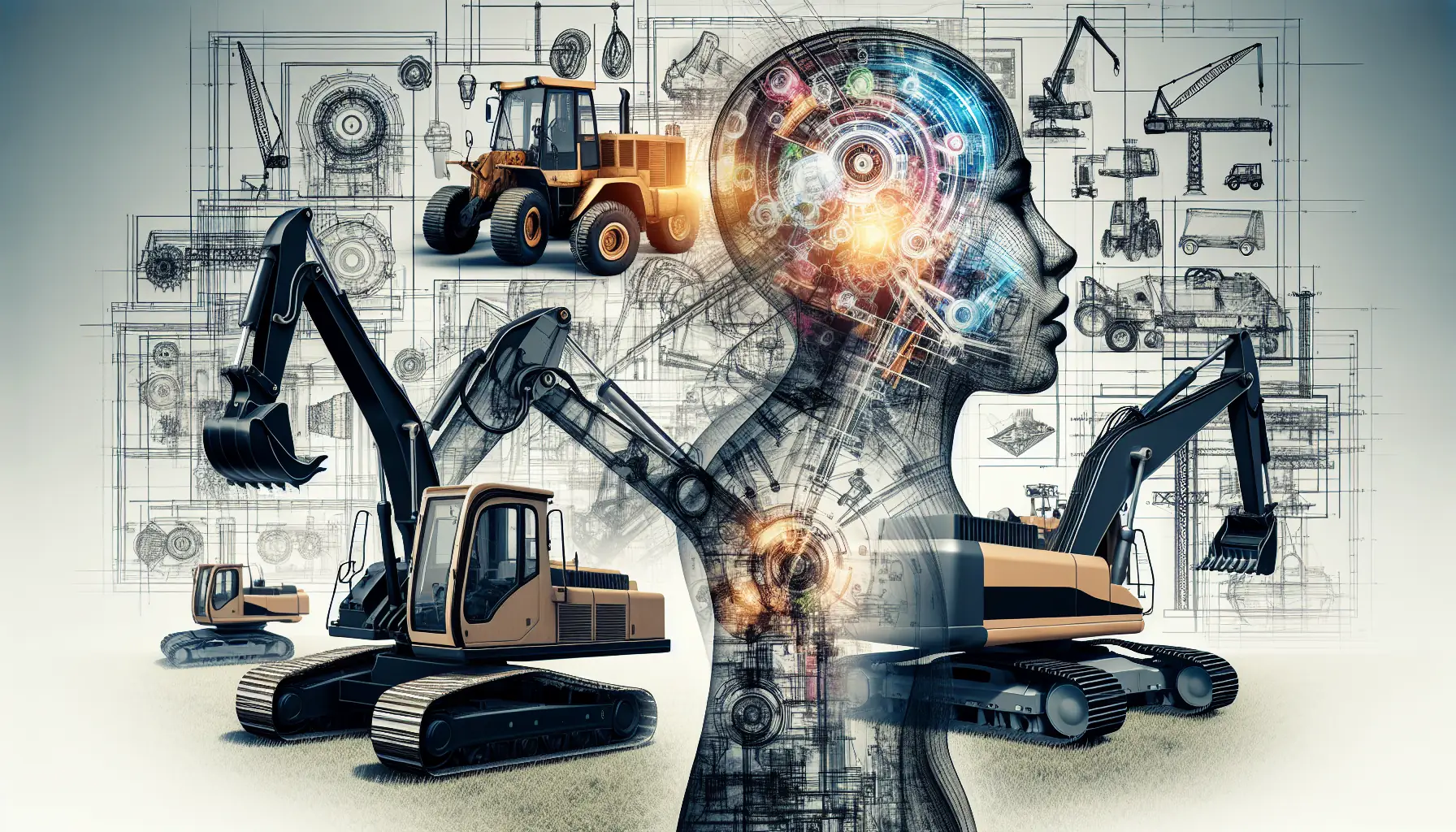
Construction Machinery: Detailed Guide to Equipment Specifications
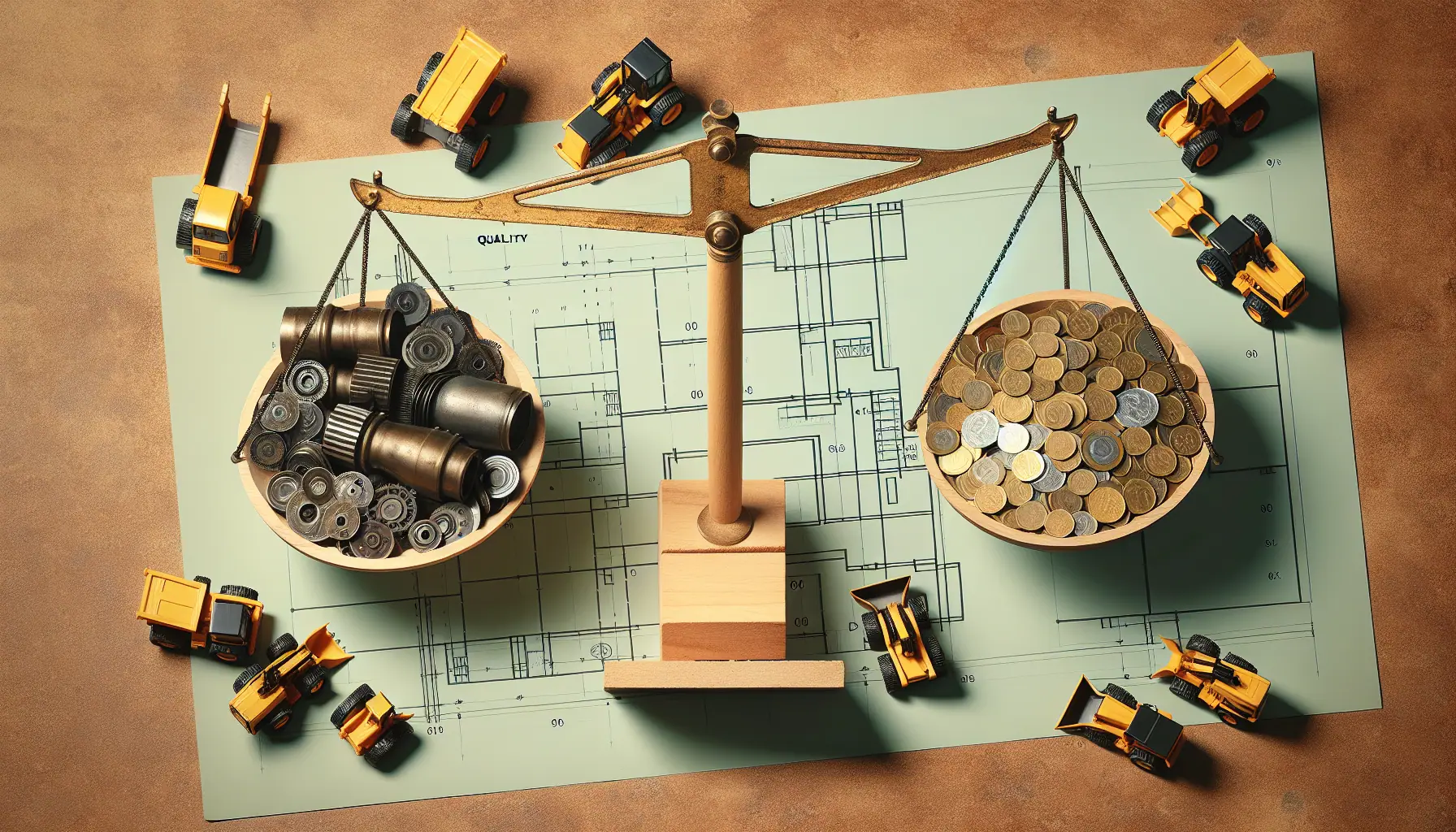
Heavy Machinery Prices: Key Factors in Cost and Quality Balance

Best Construction Heavy Equipment Brands: Pros and Cons
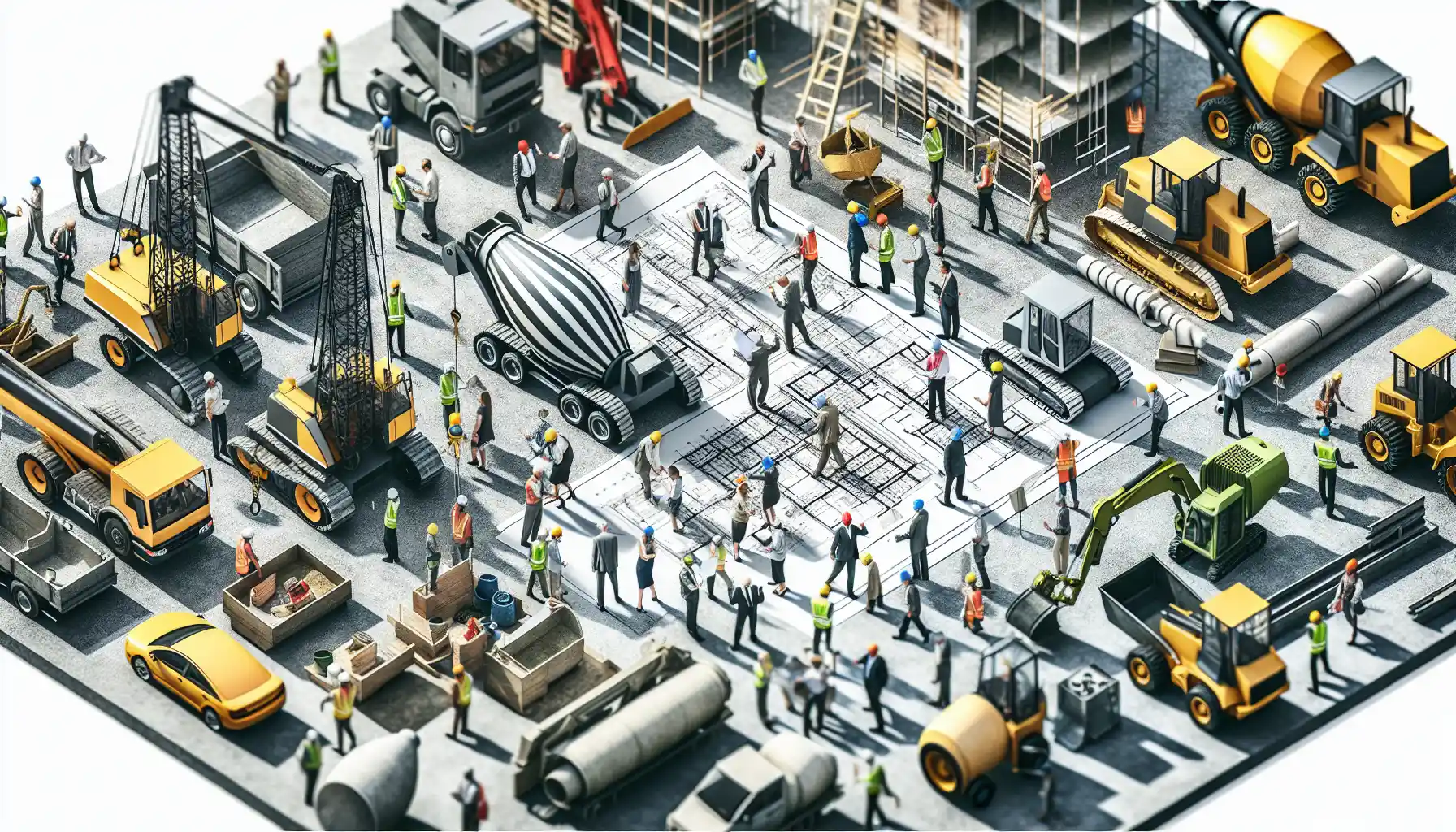
Construction Site Equipment: How to Determine Your Requirements

Maximizing Safety: Risk Management for Construction Projects

Innovations in Construction: Transforming Machinery and Equipment
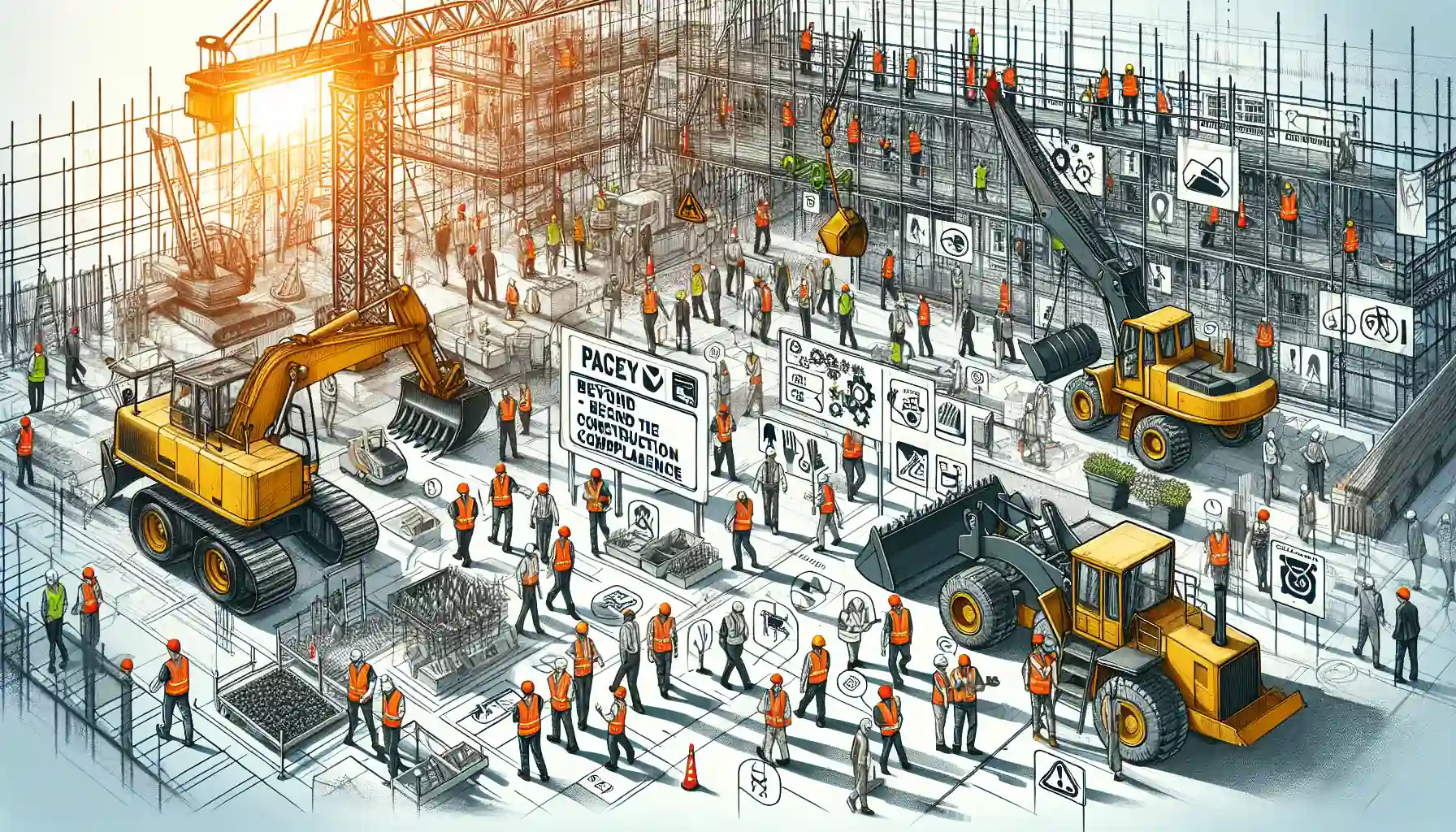
Heavy Equipment Safety: Beyond the Basics in Construction Compliance
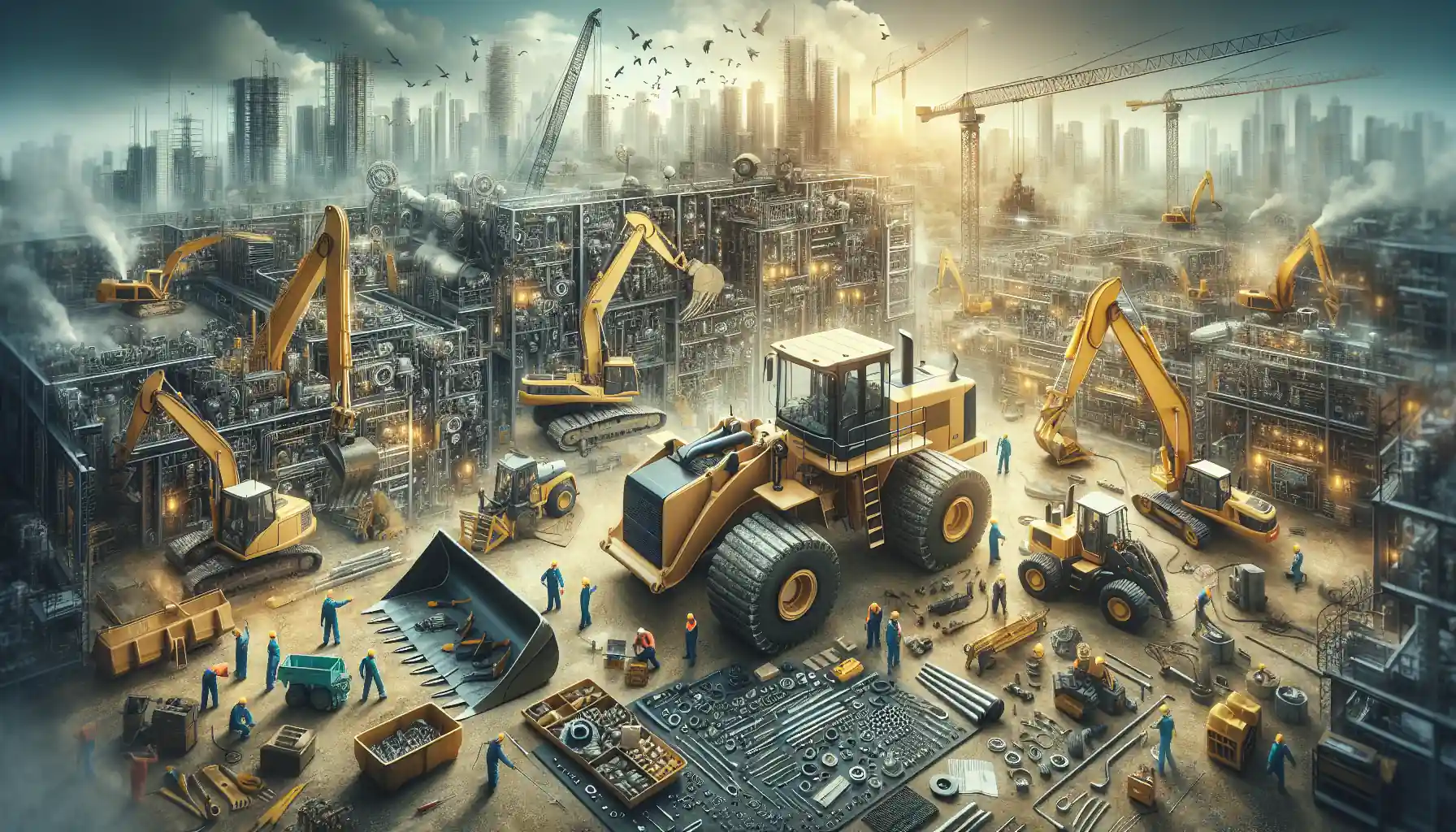
The Essential Handbook for Construction Equipment Repair and Maintenance
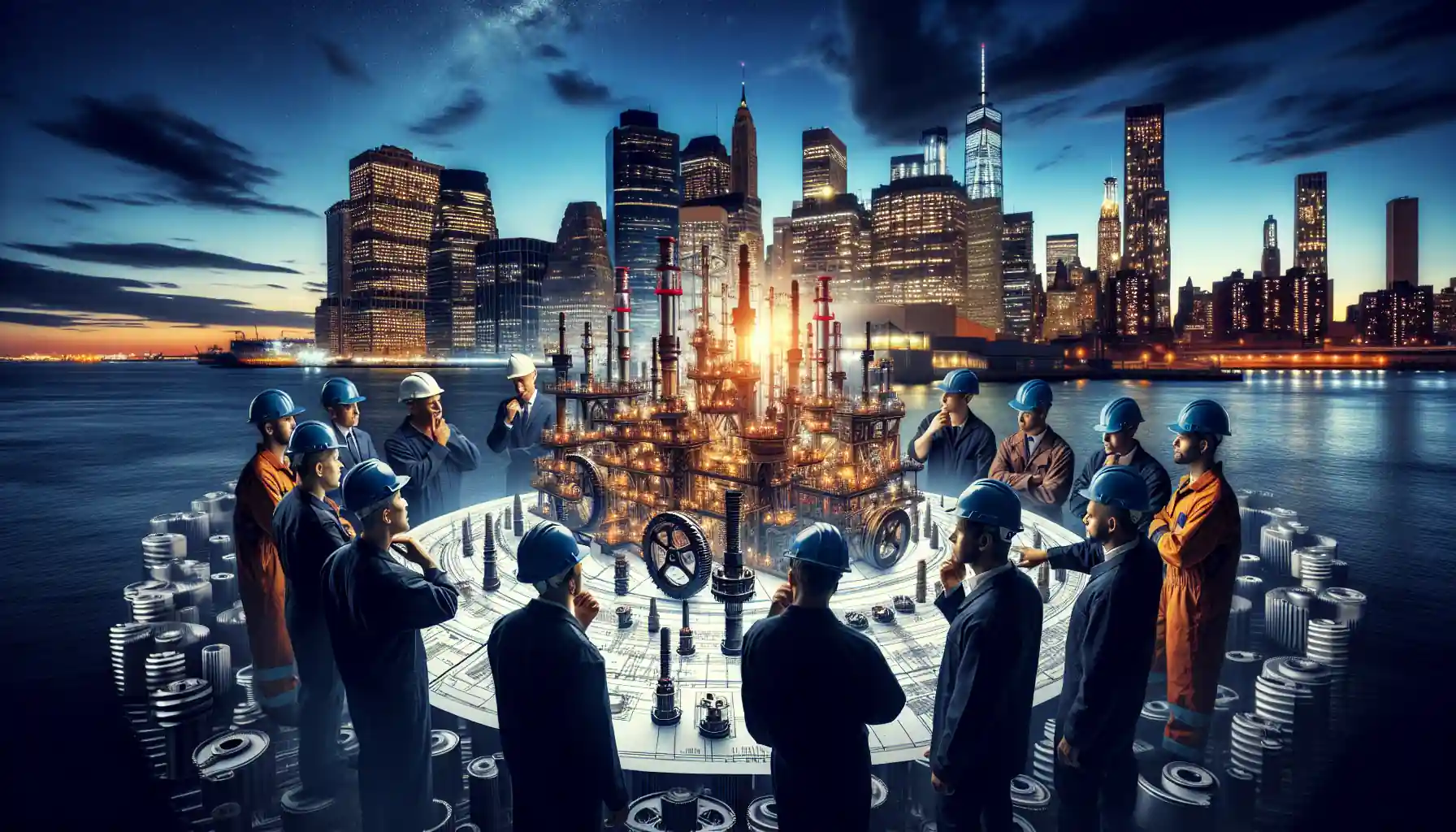
How to Efficiently Source Oil and Gas Machinery Parts in NYC

Essential Guide to Sourcing Agriculture Equipment Parts
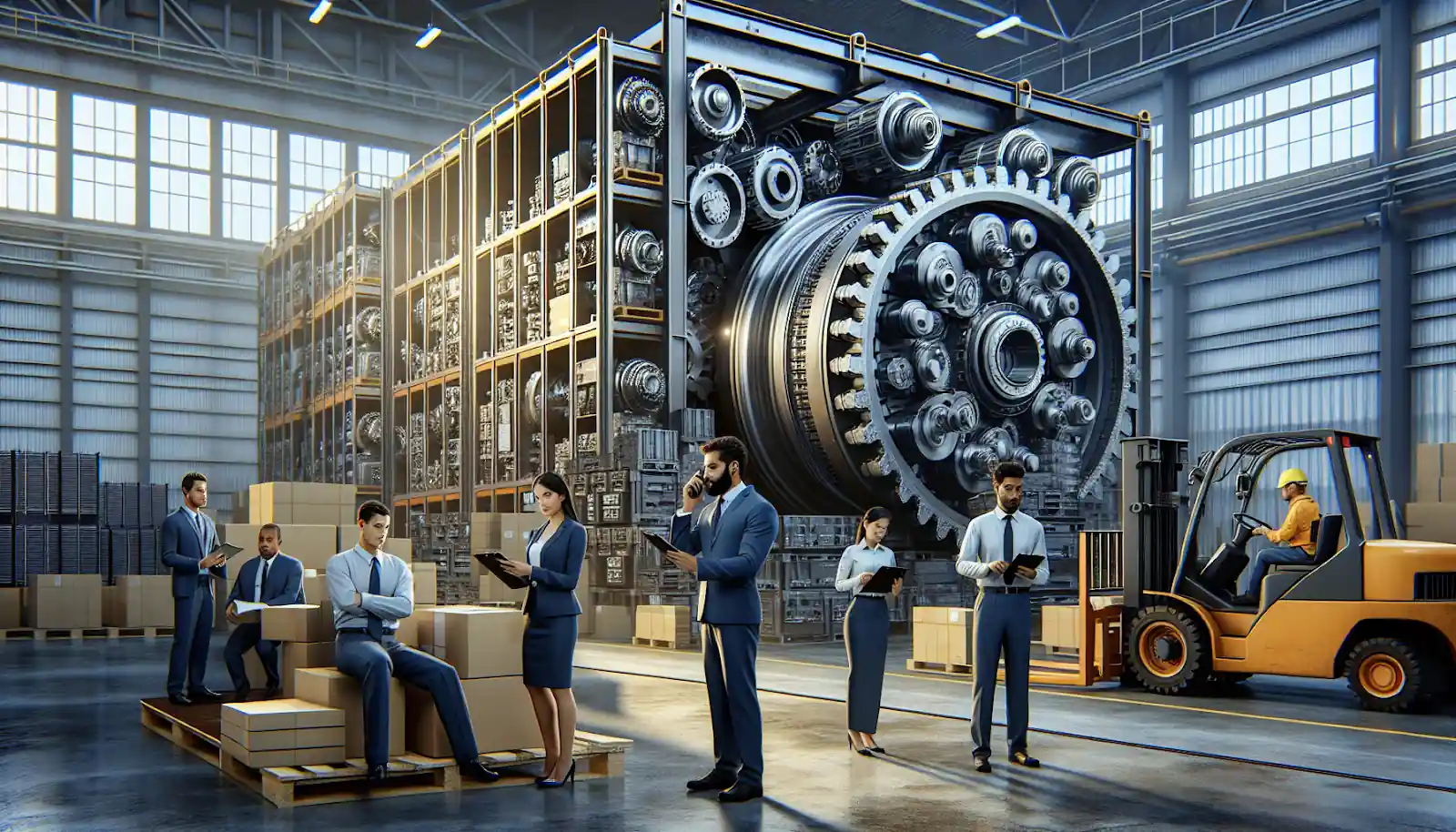
How to Source Mining Machinery Parts: Tips and Strategies
